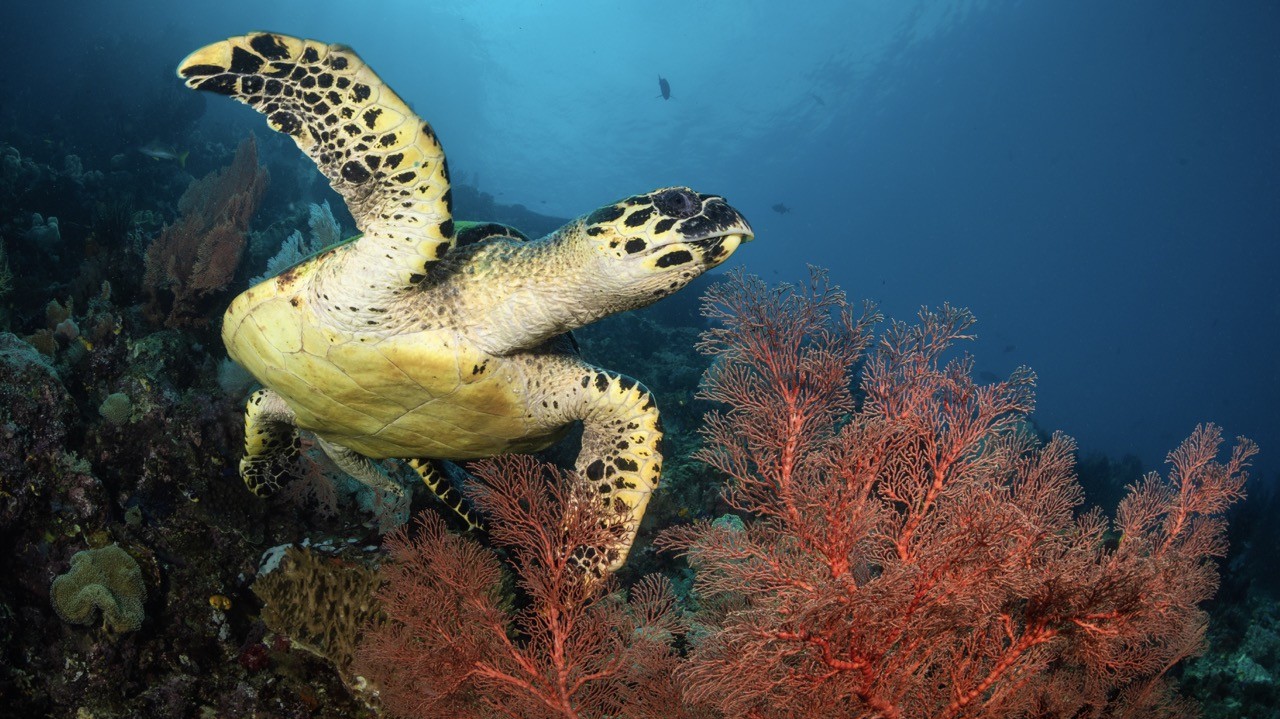
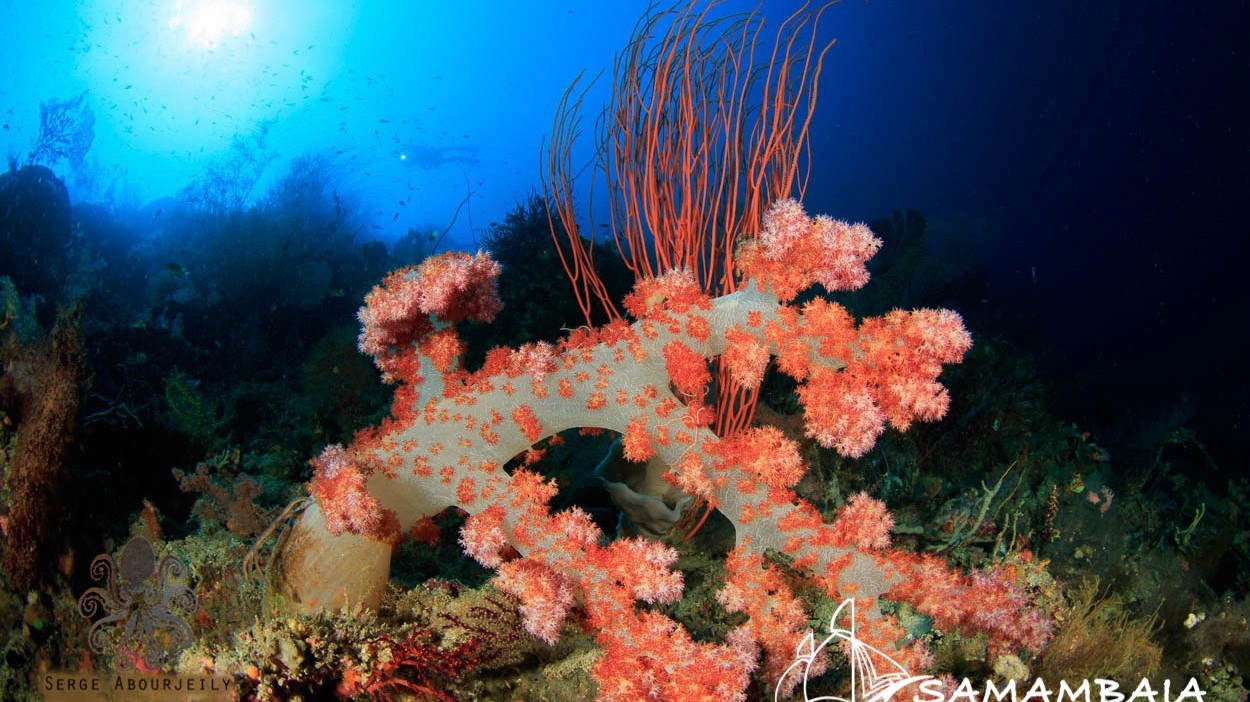
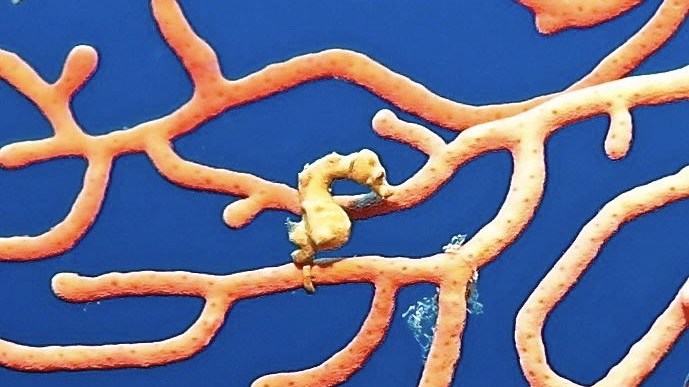
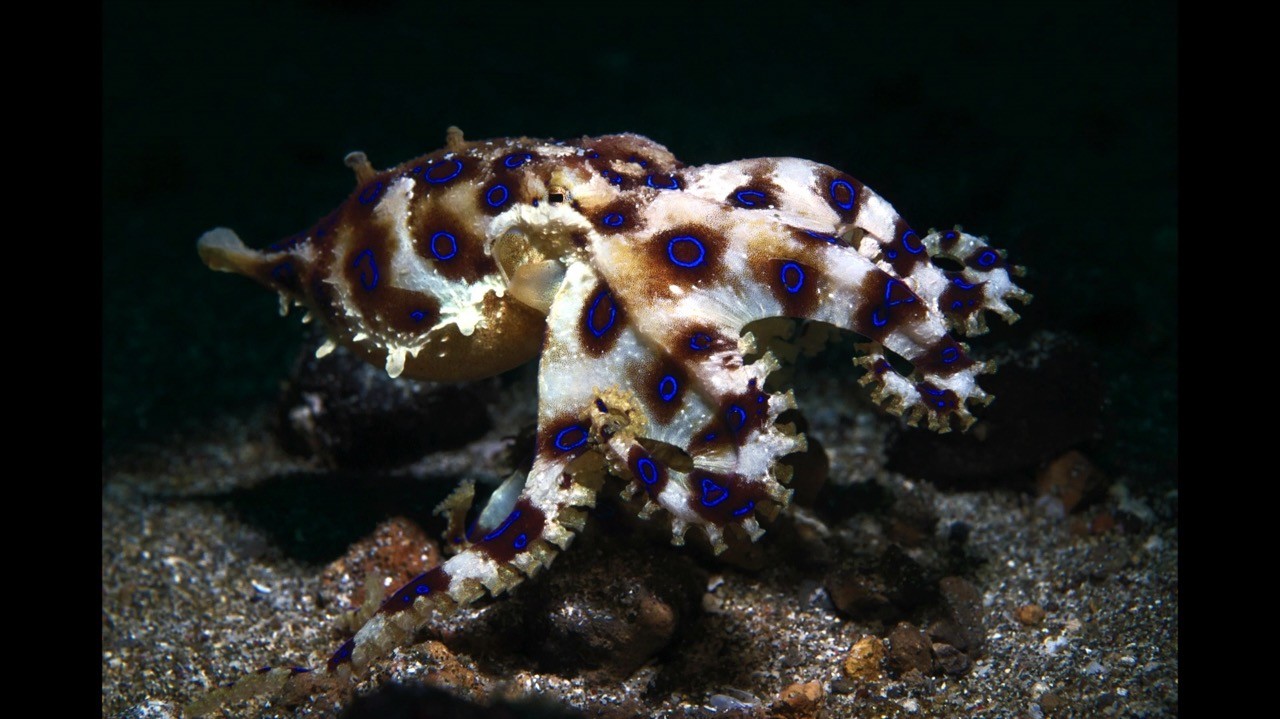
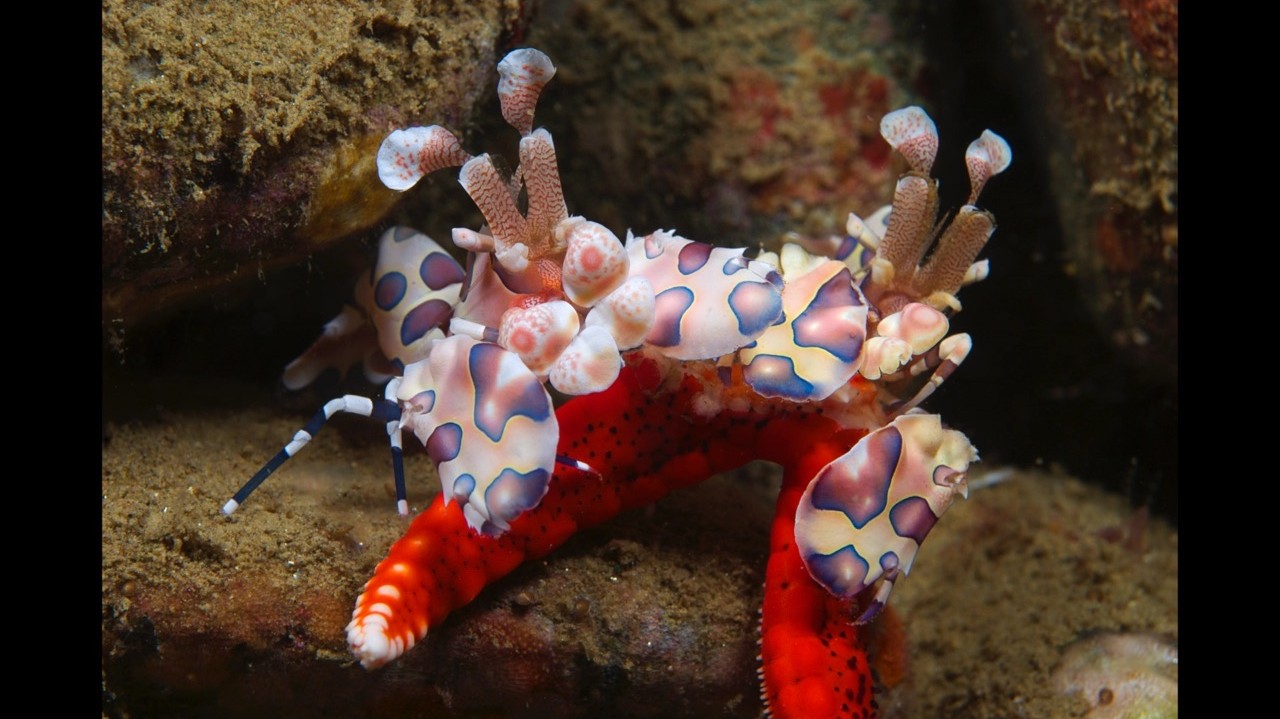
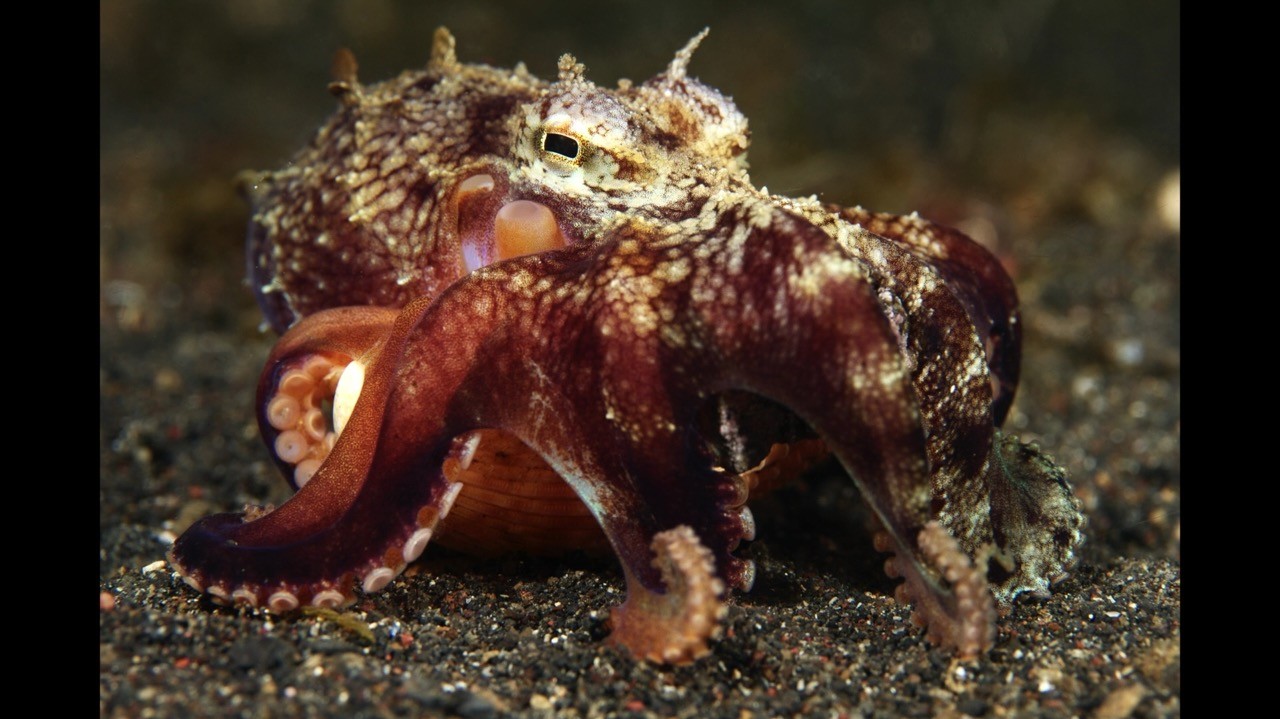
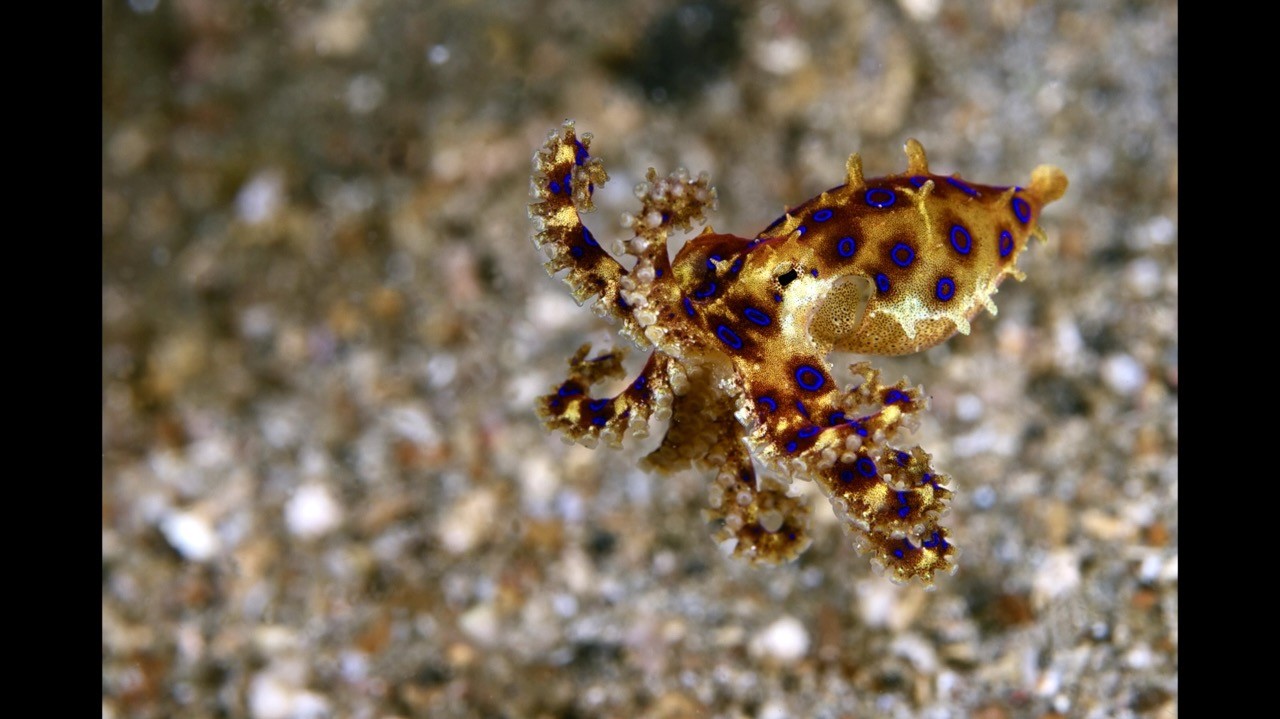
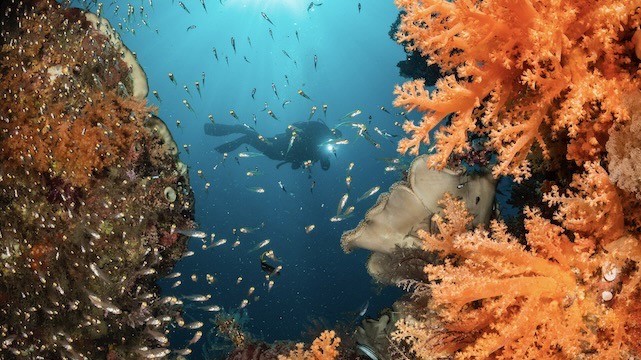
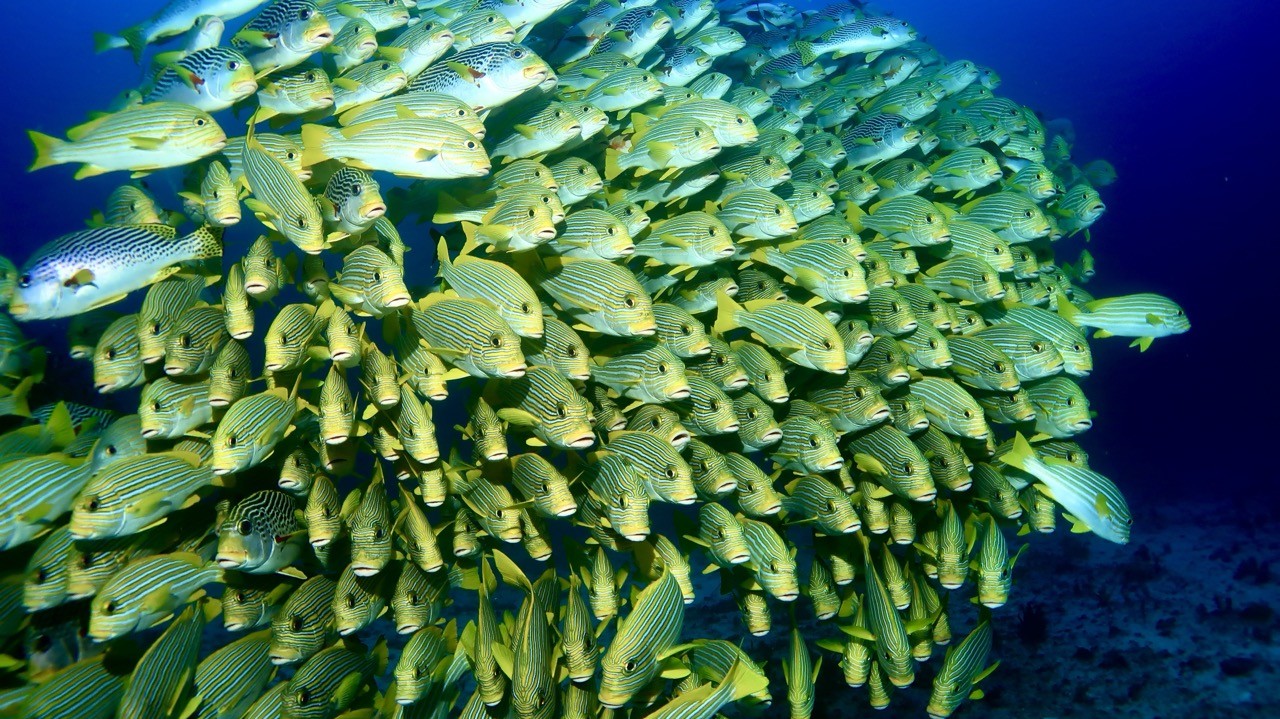
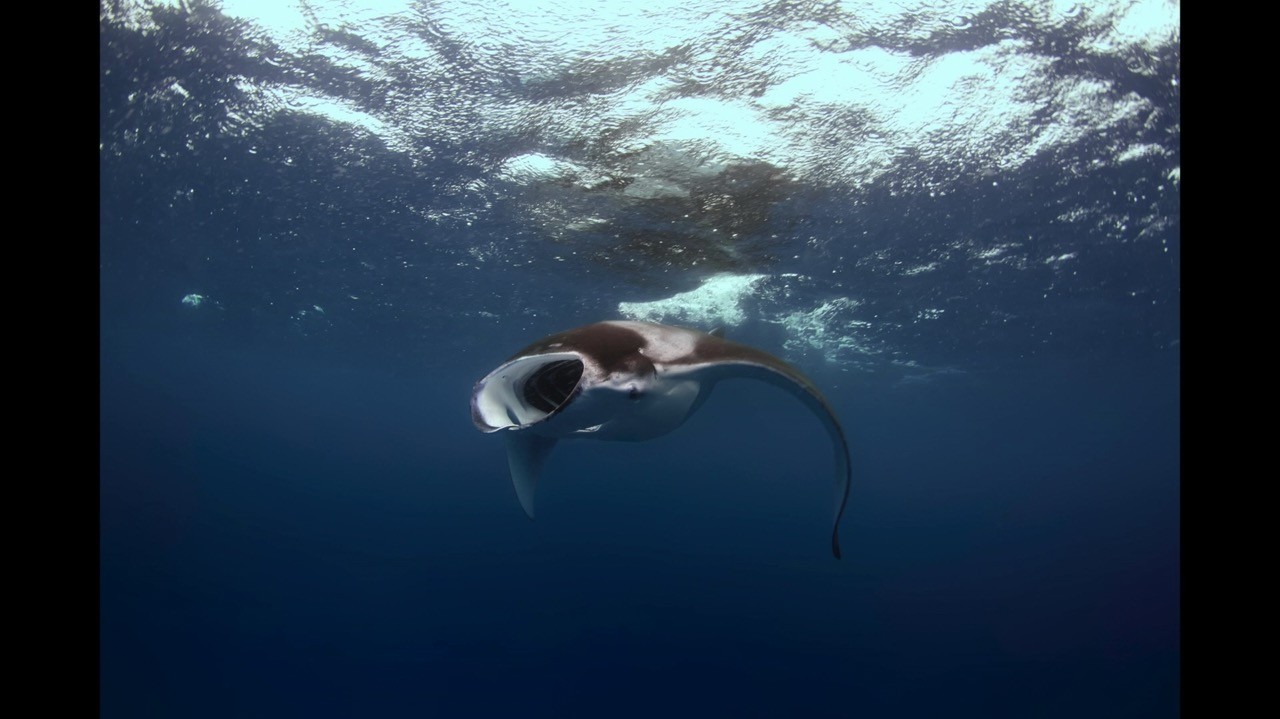
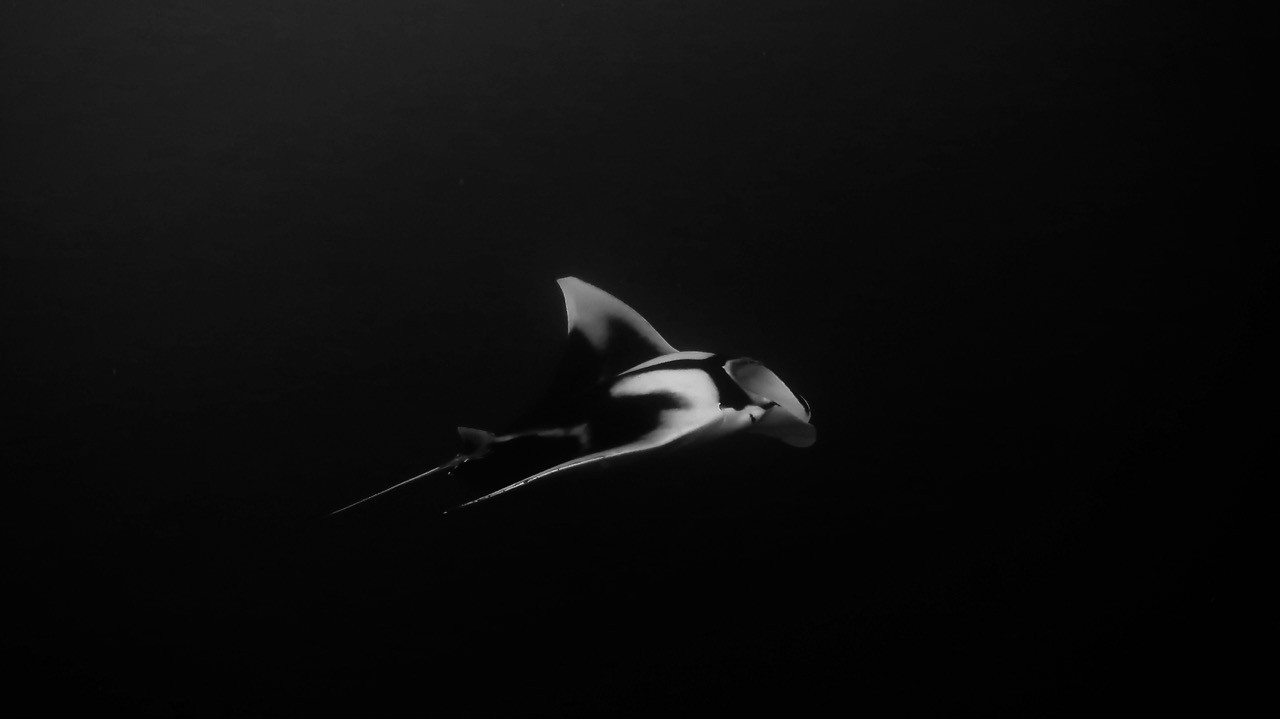
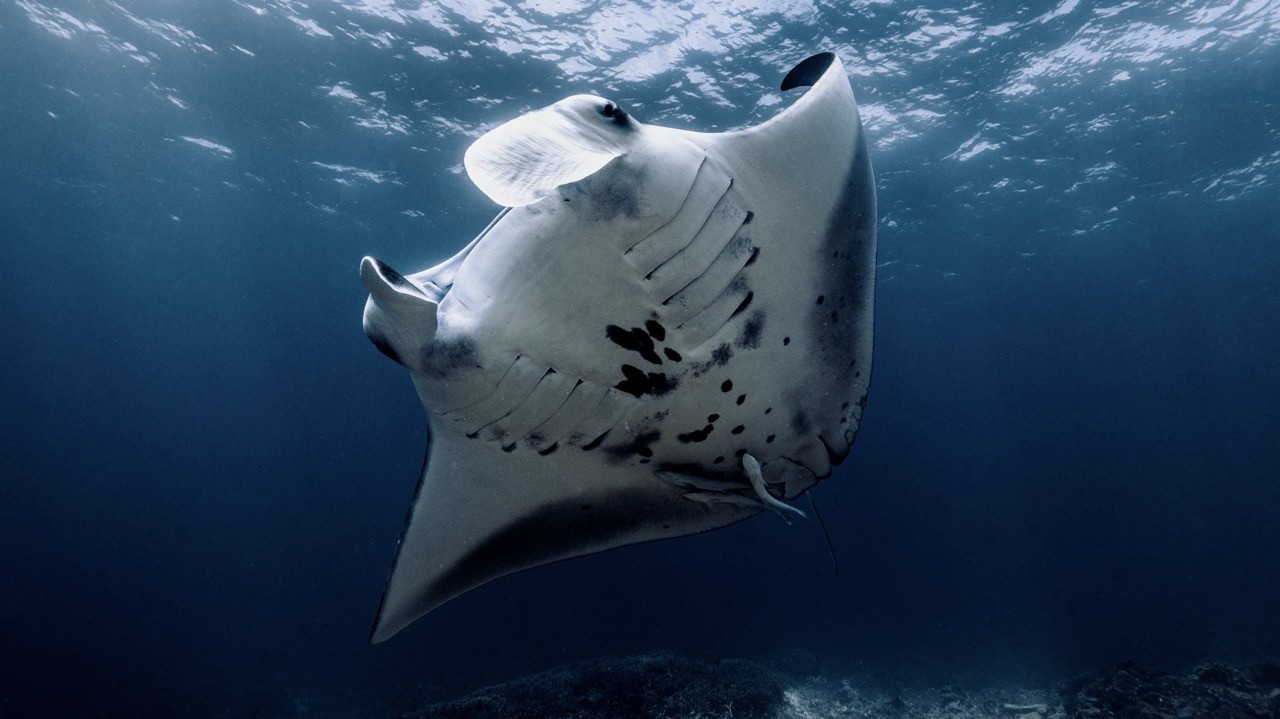
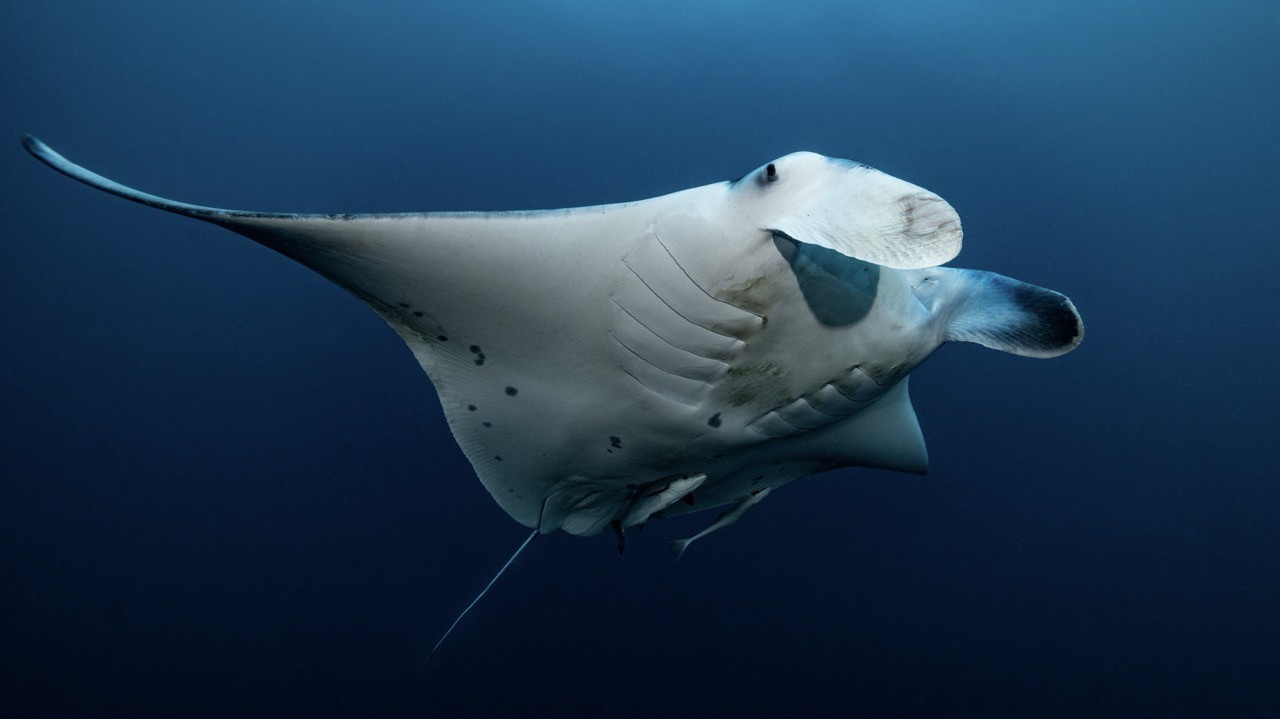
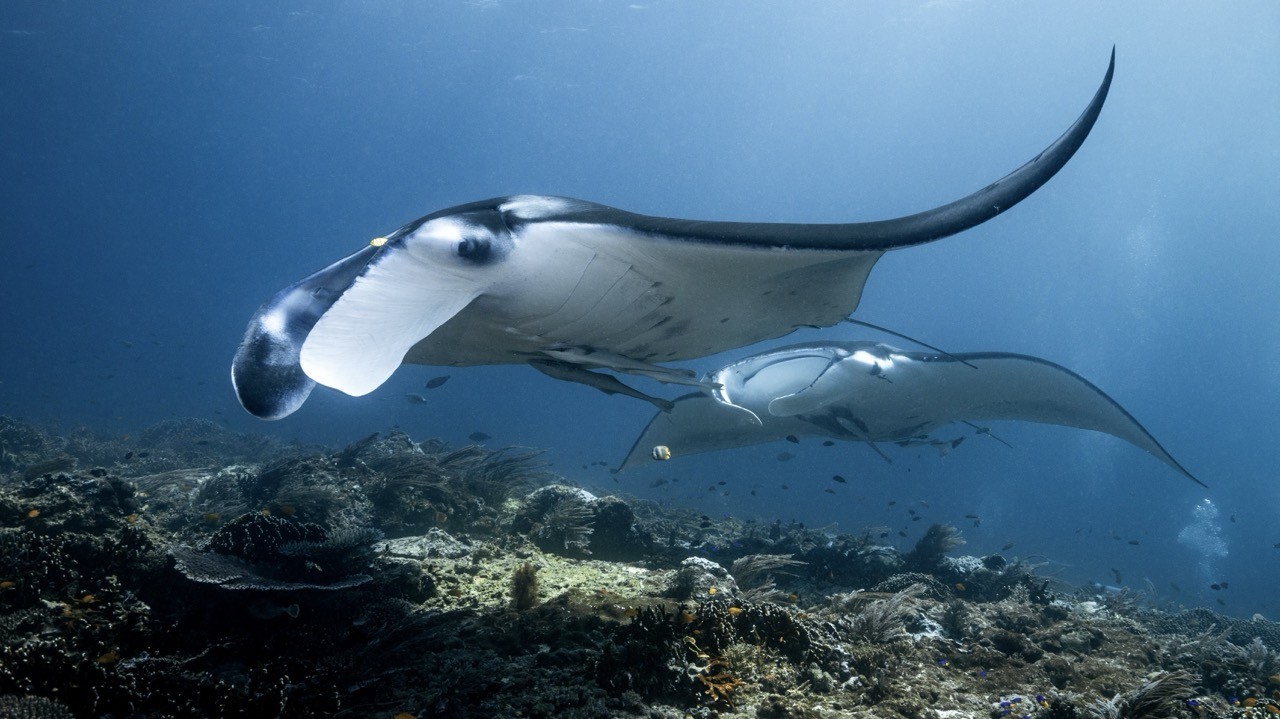
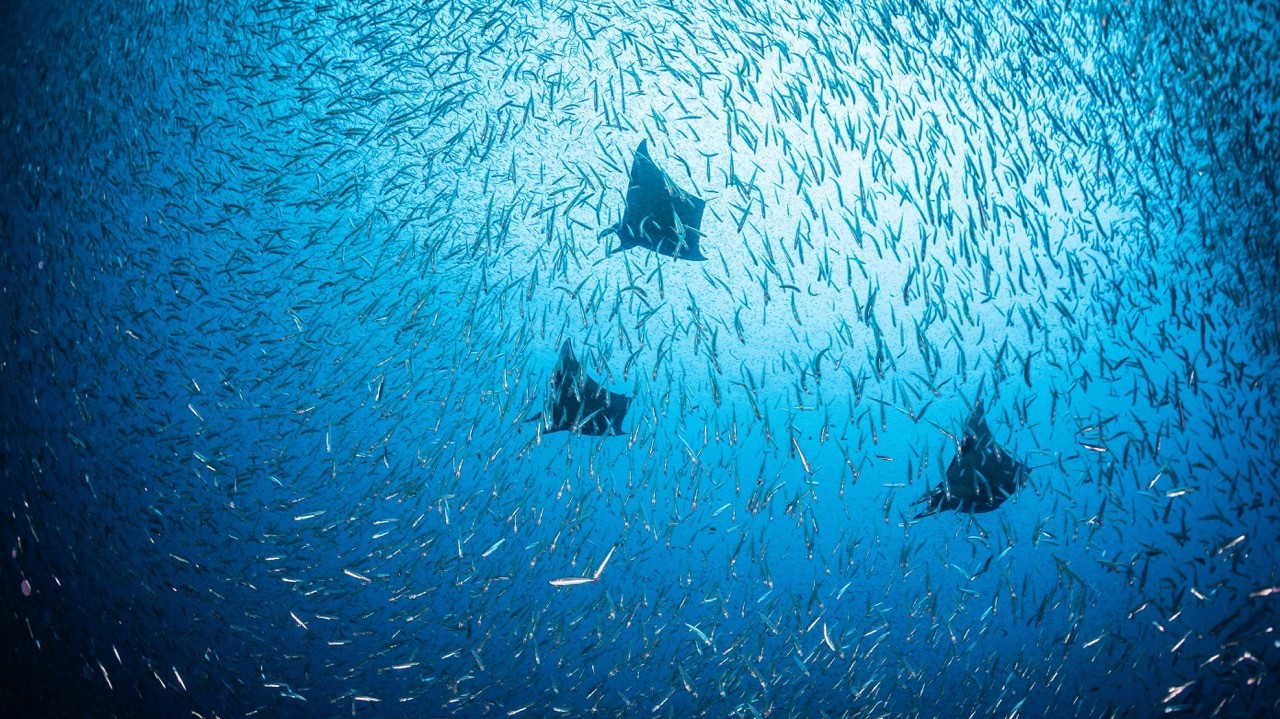
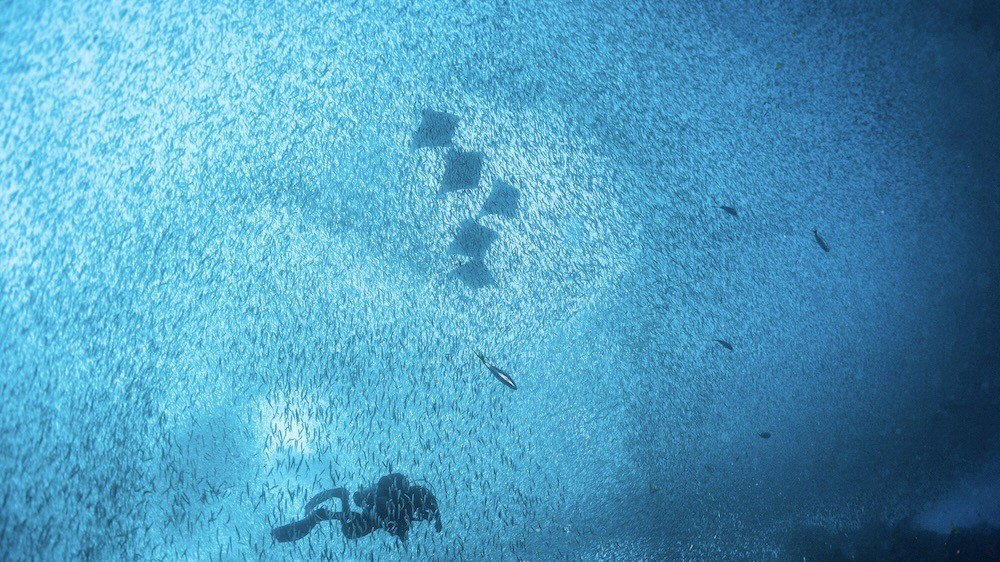
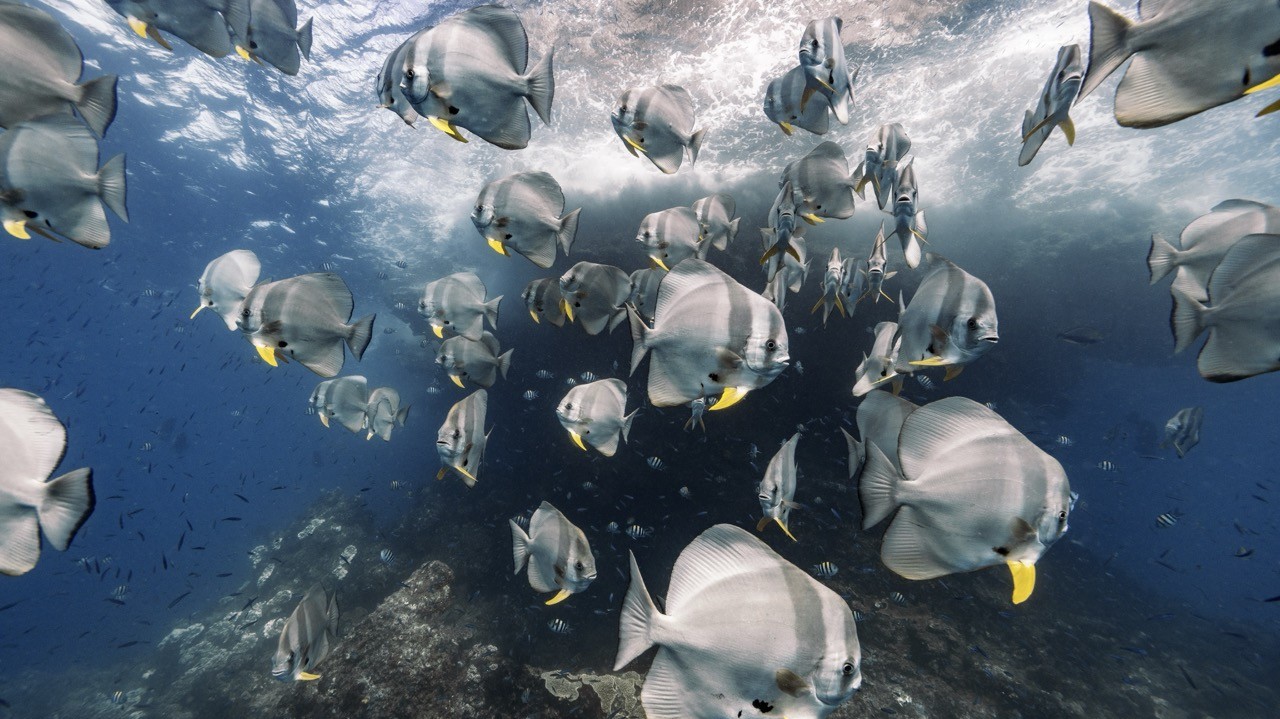
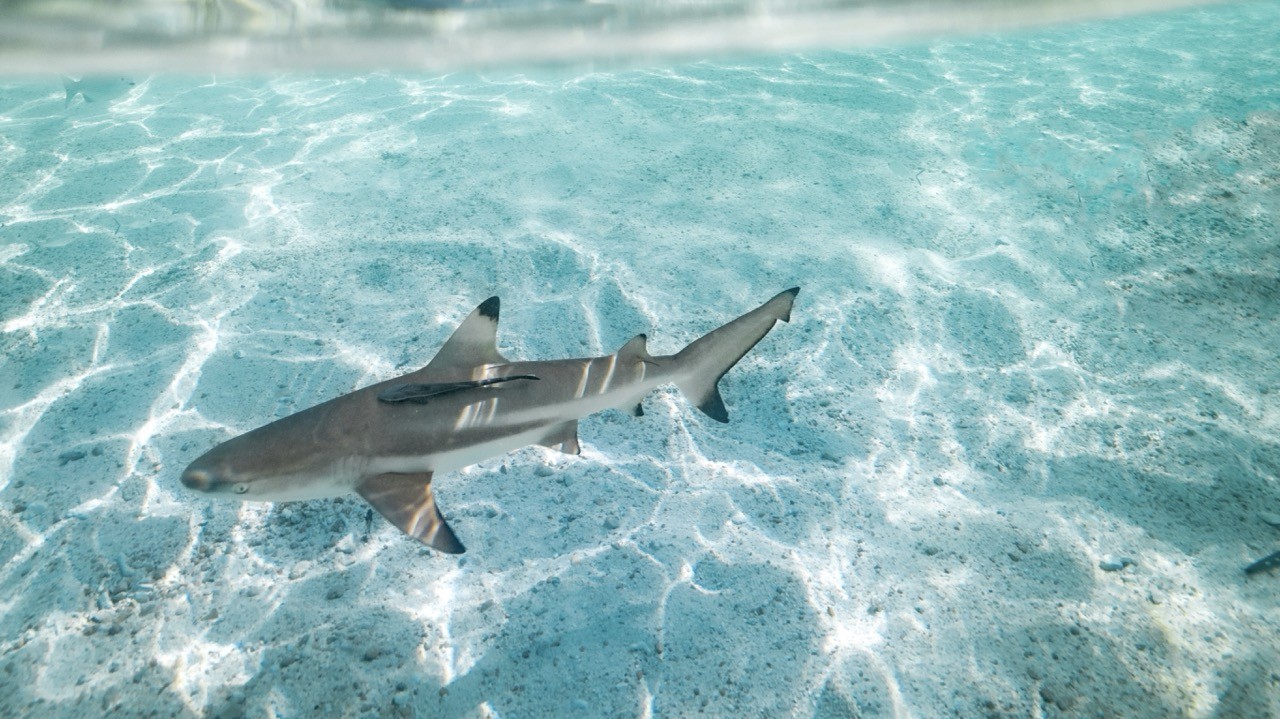
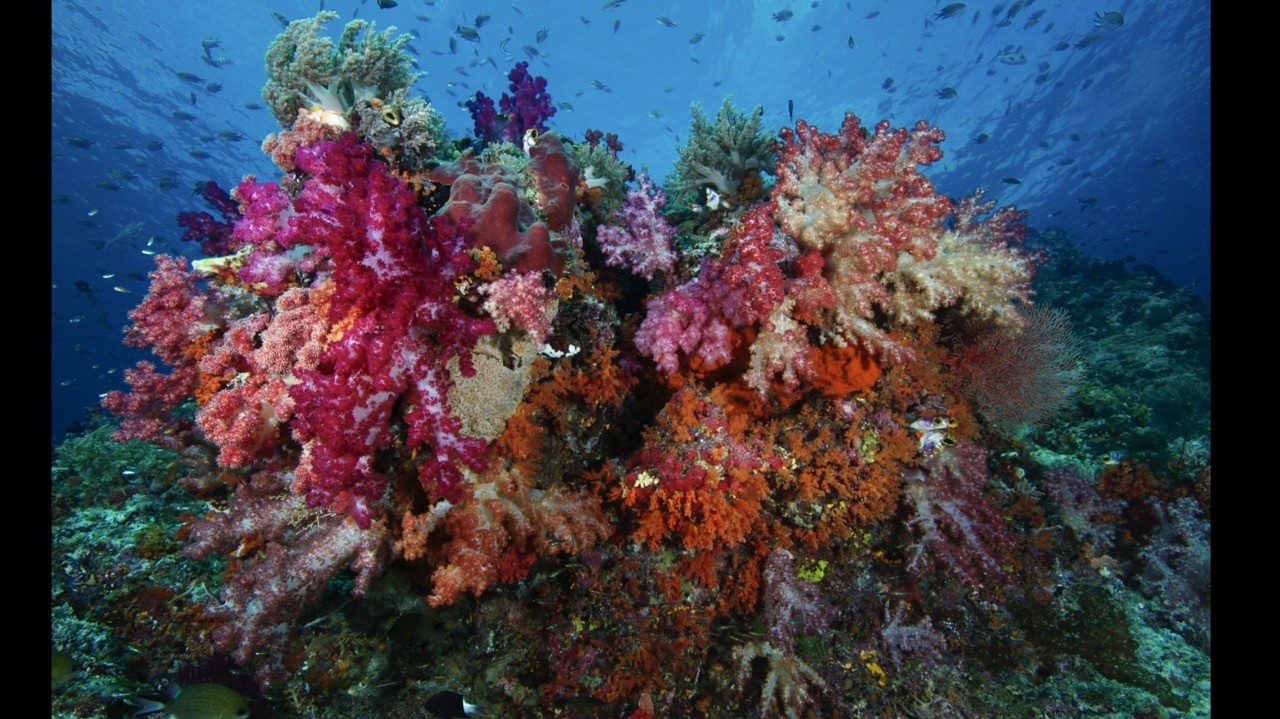
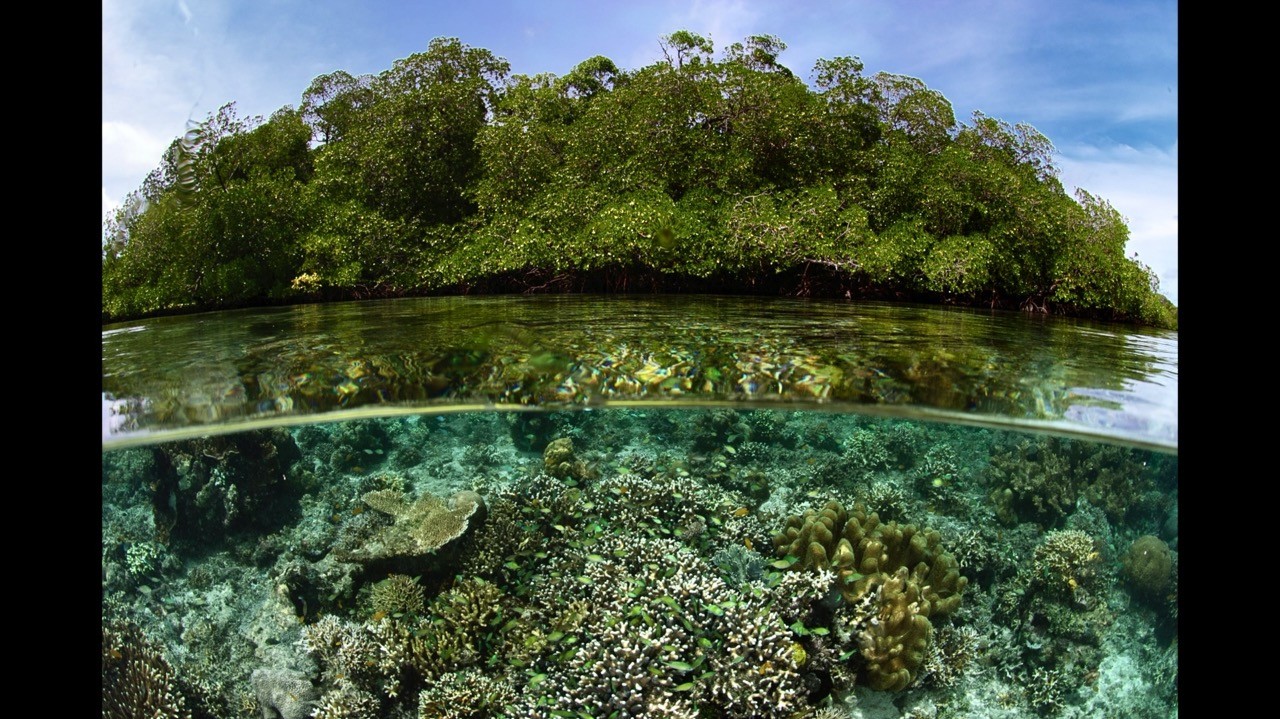
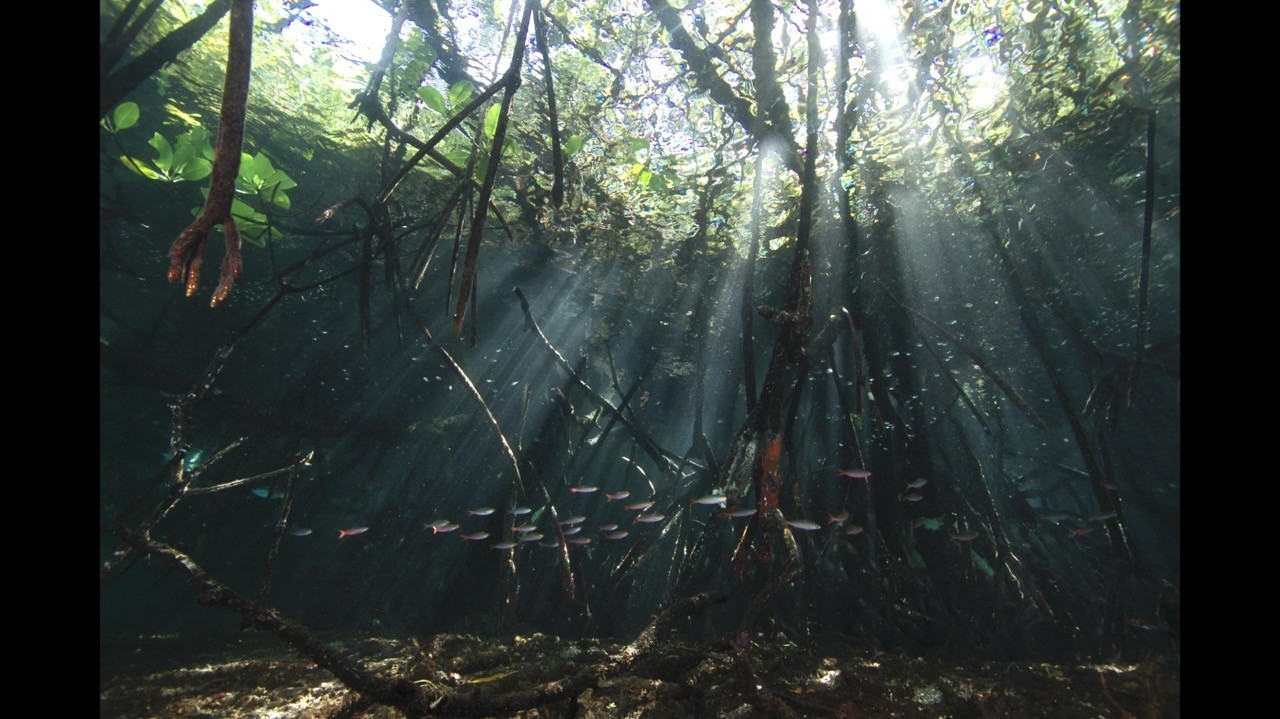

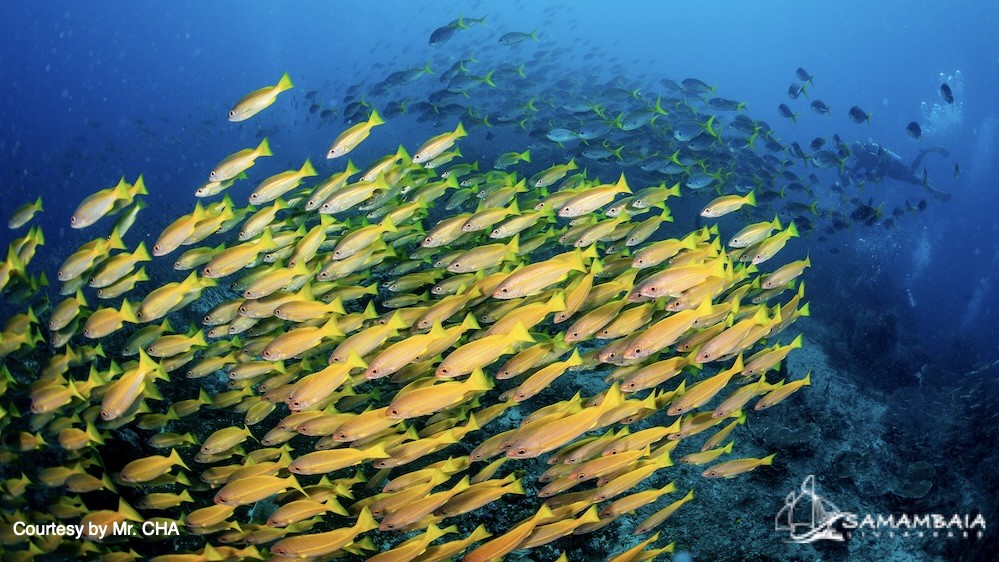

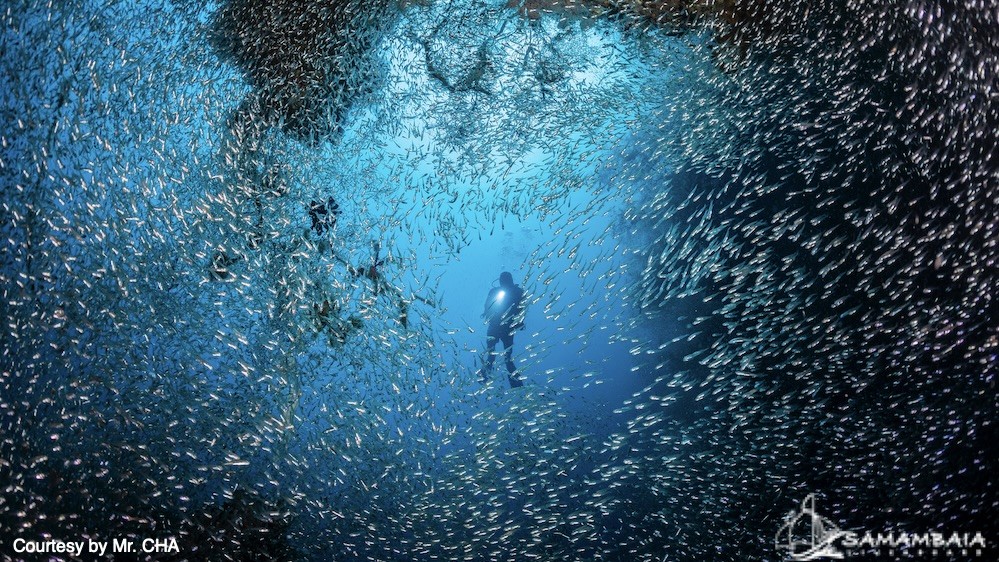
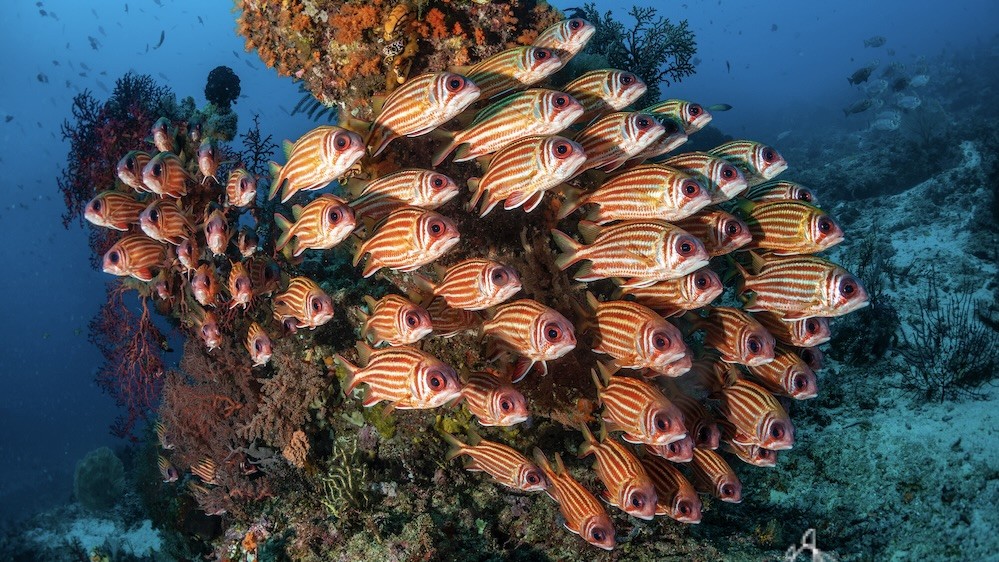
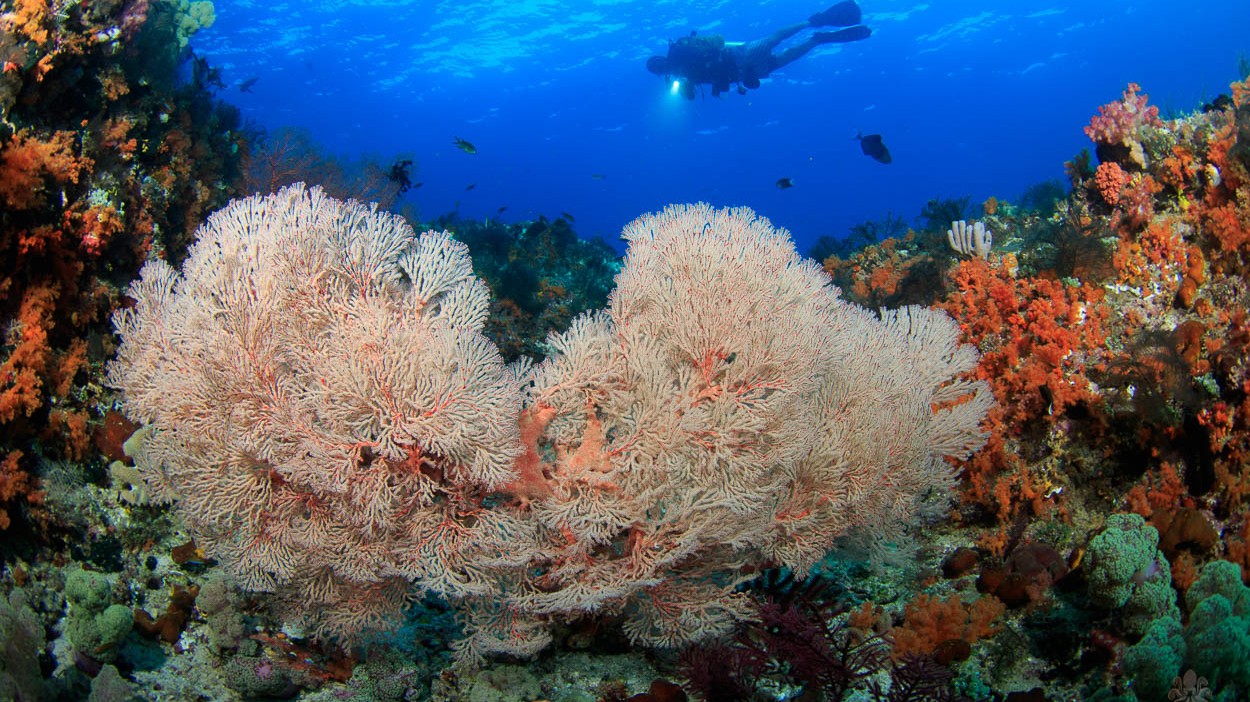
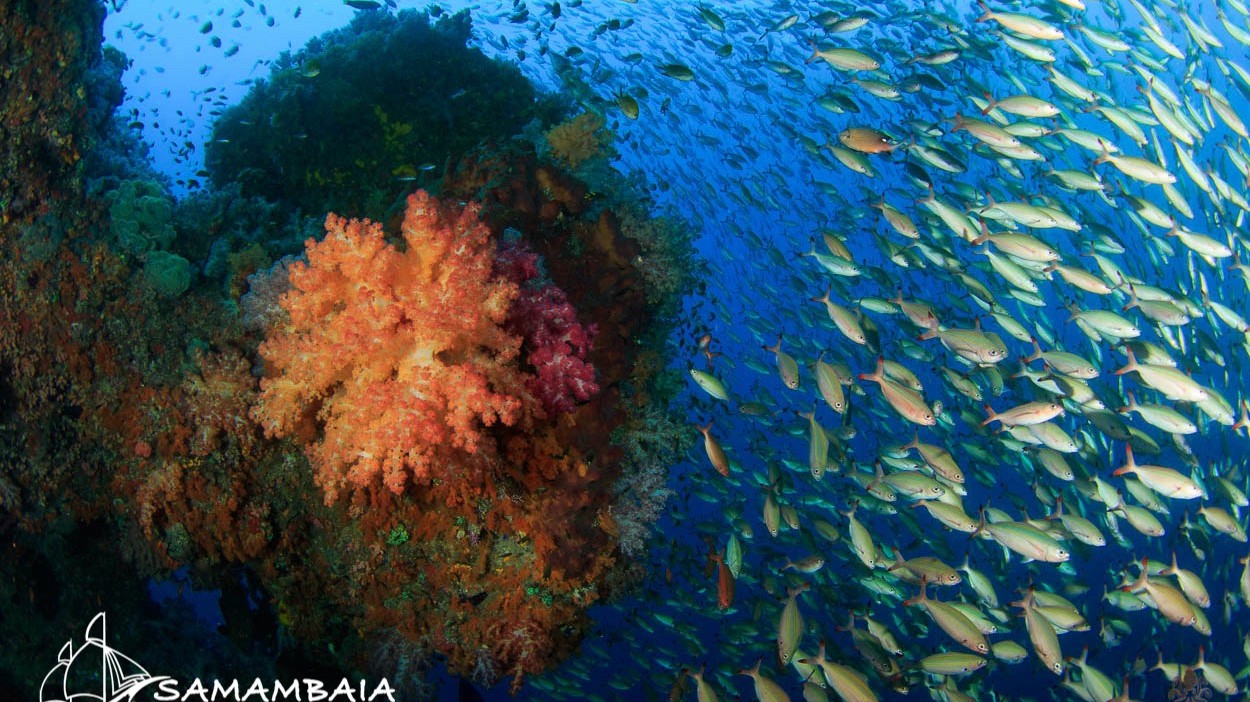
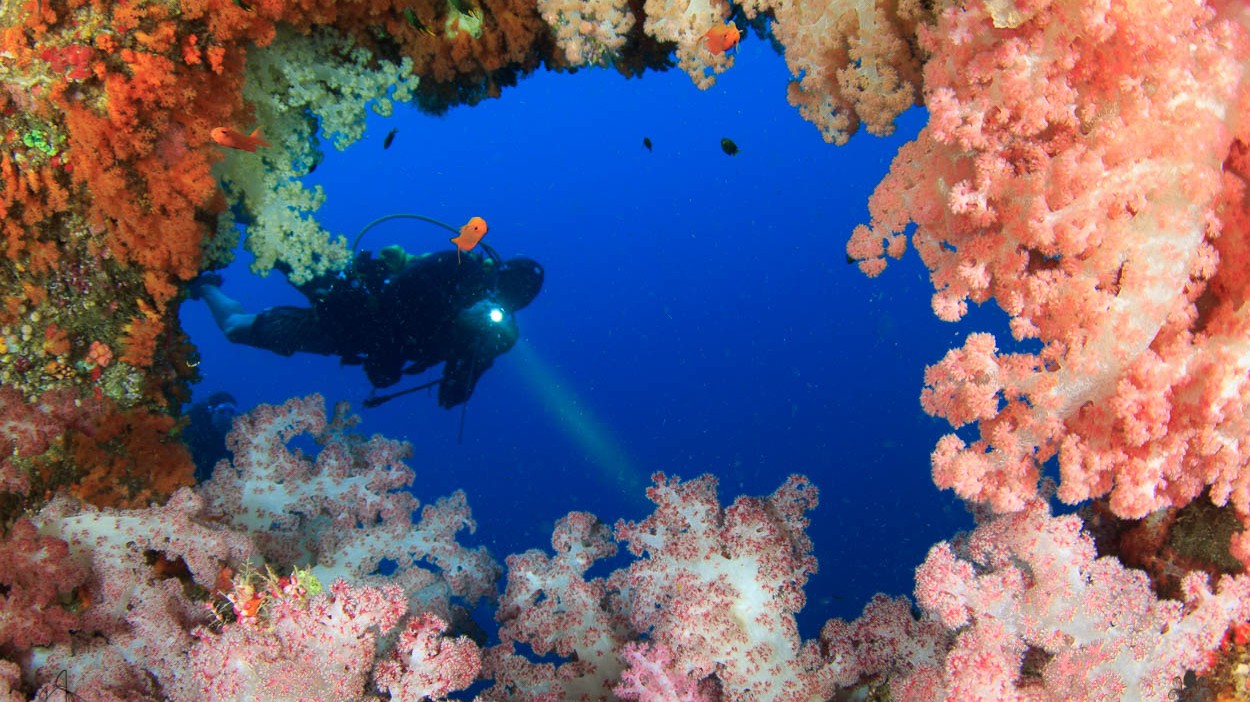
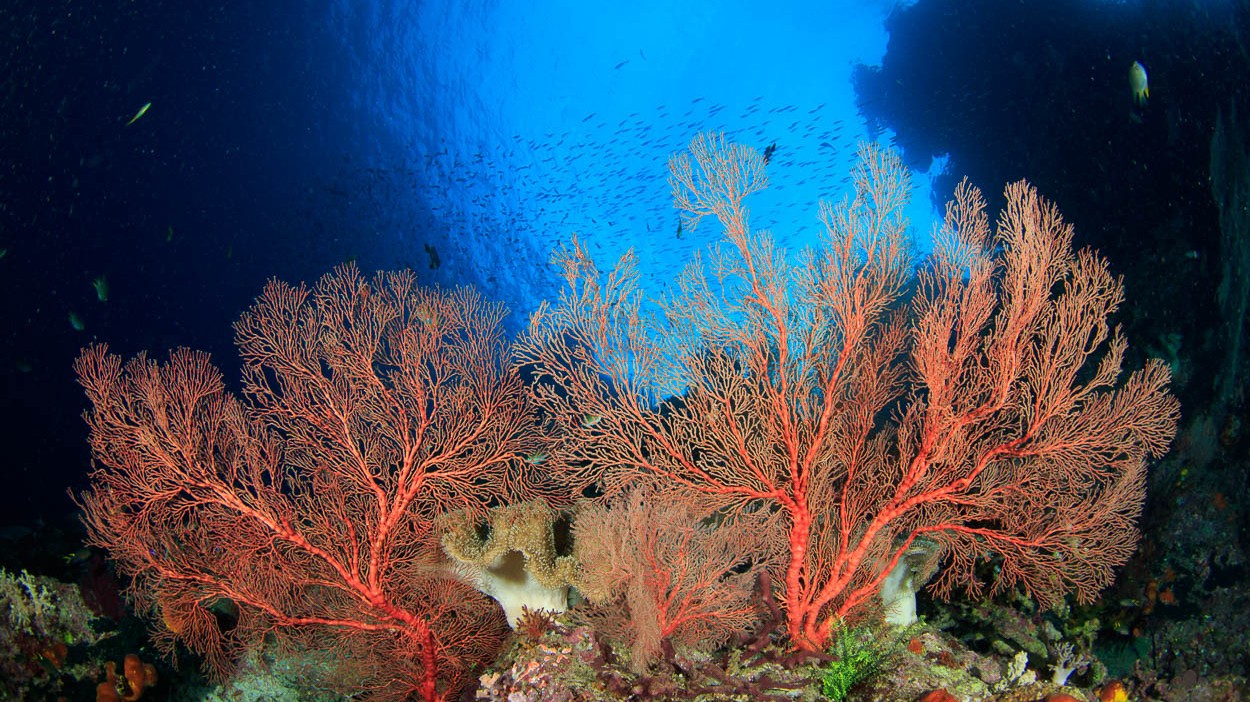
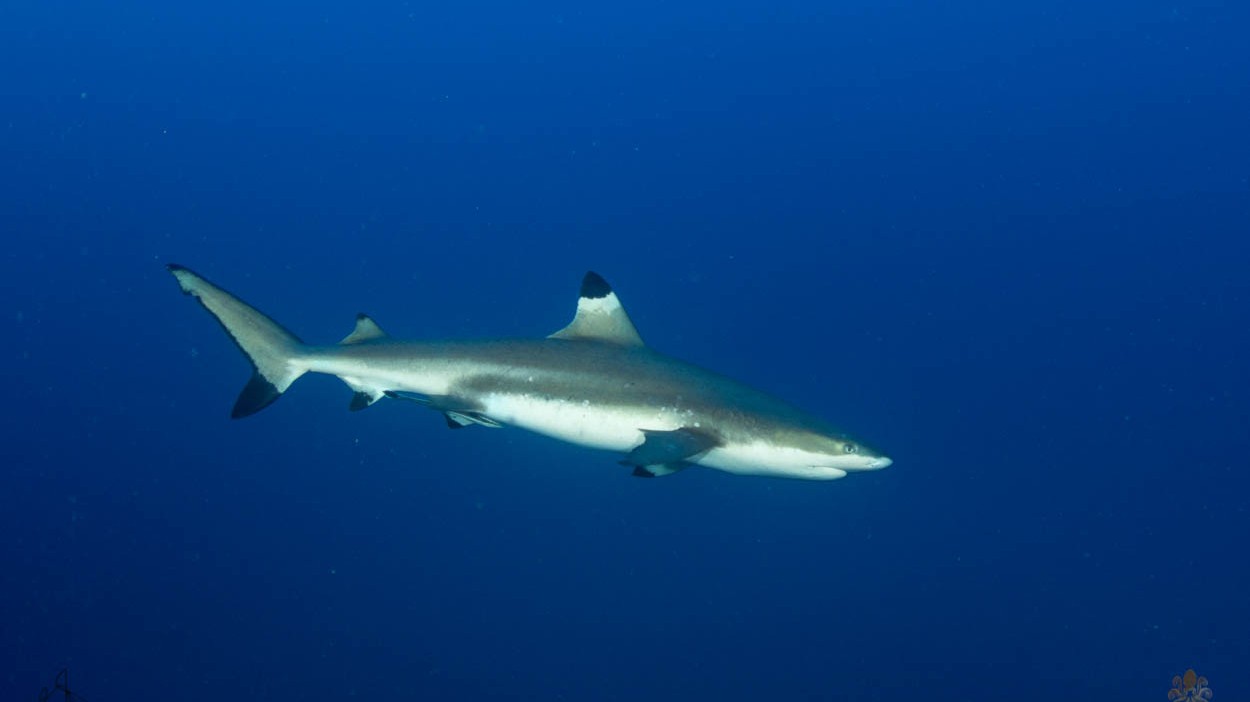
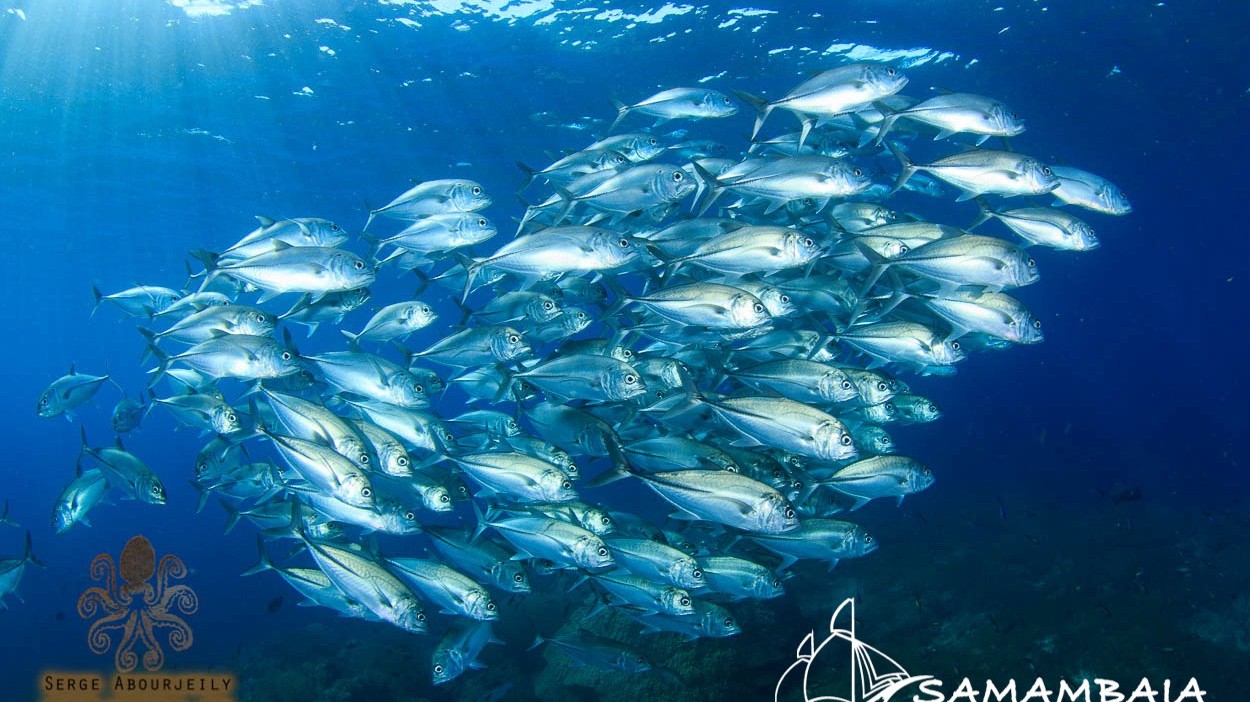
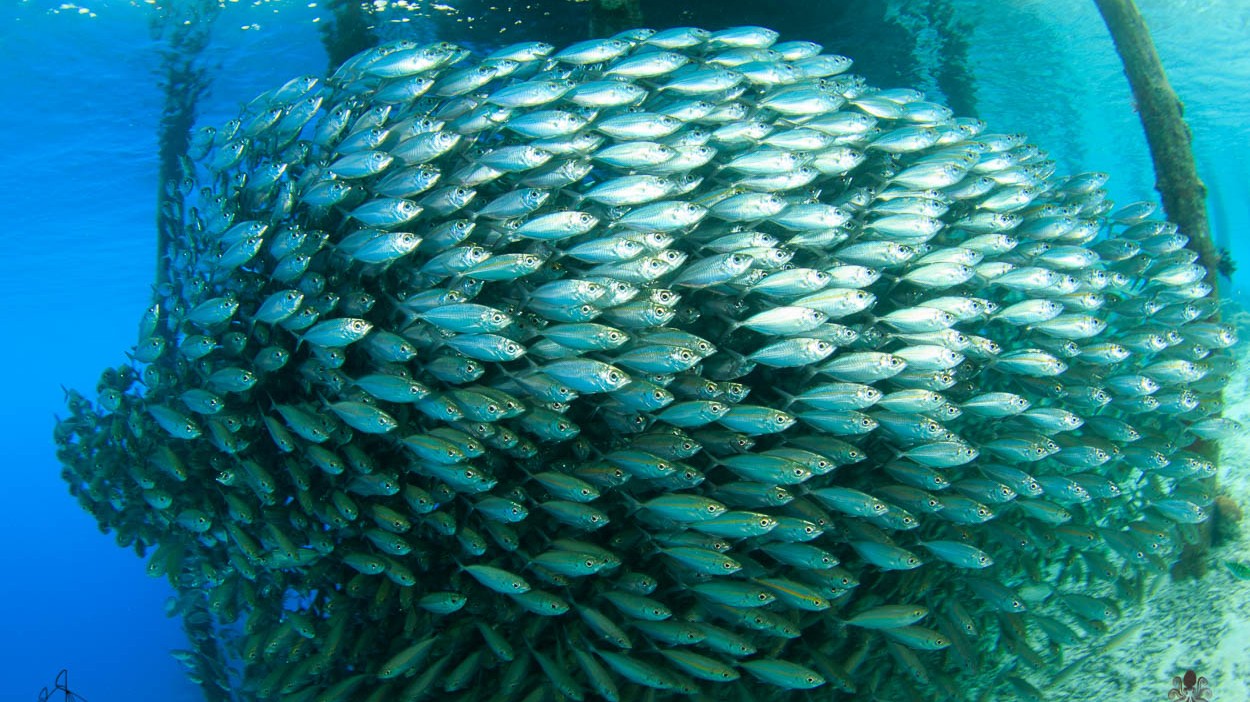
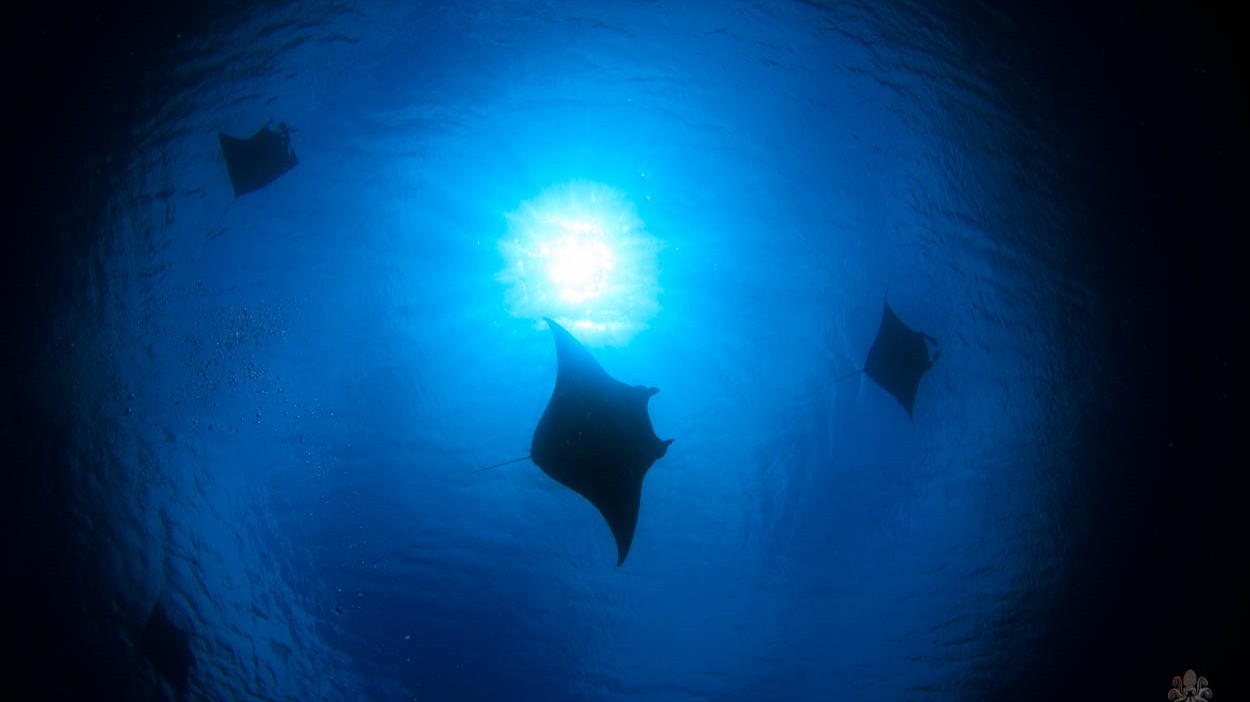
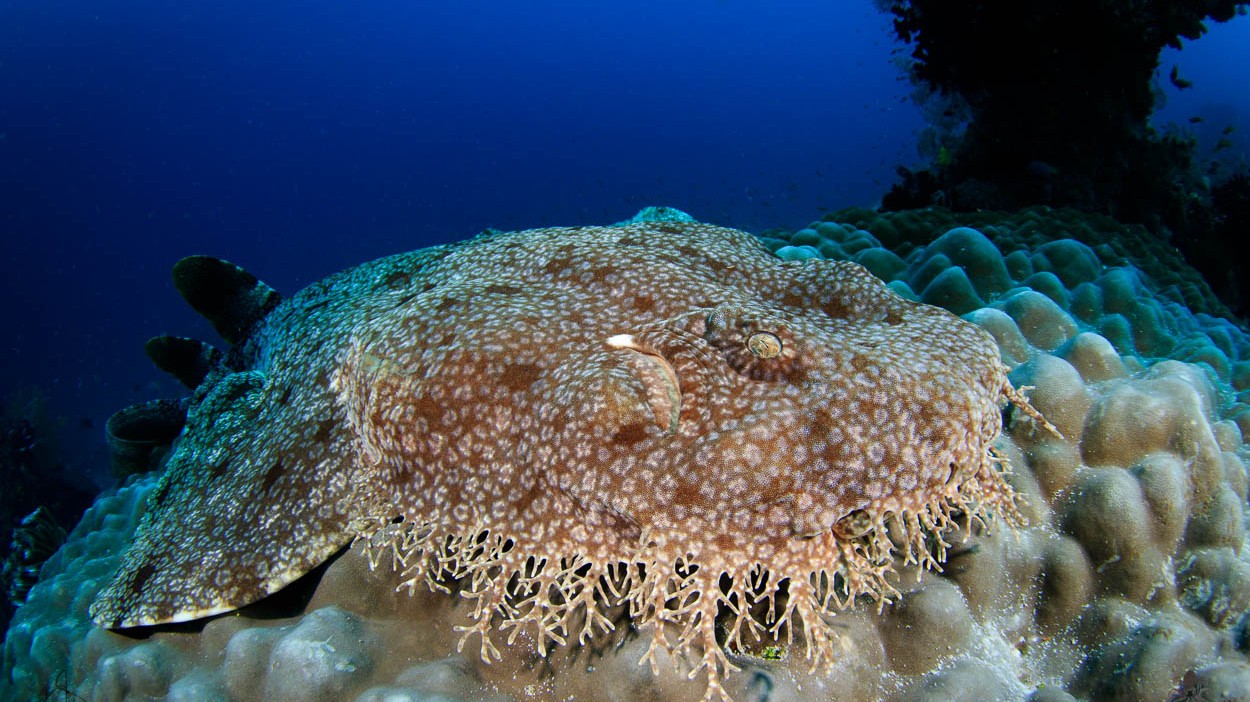
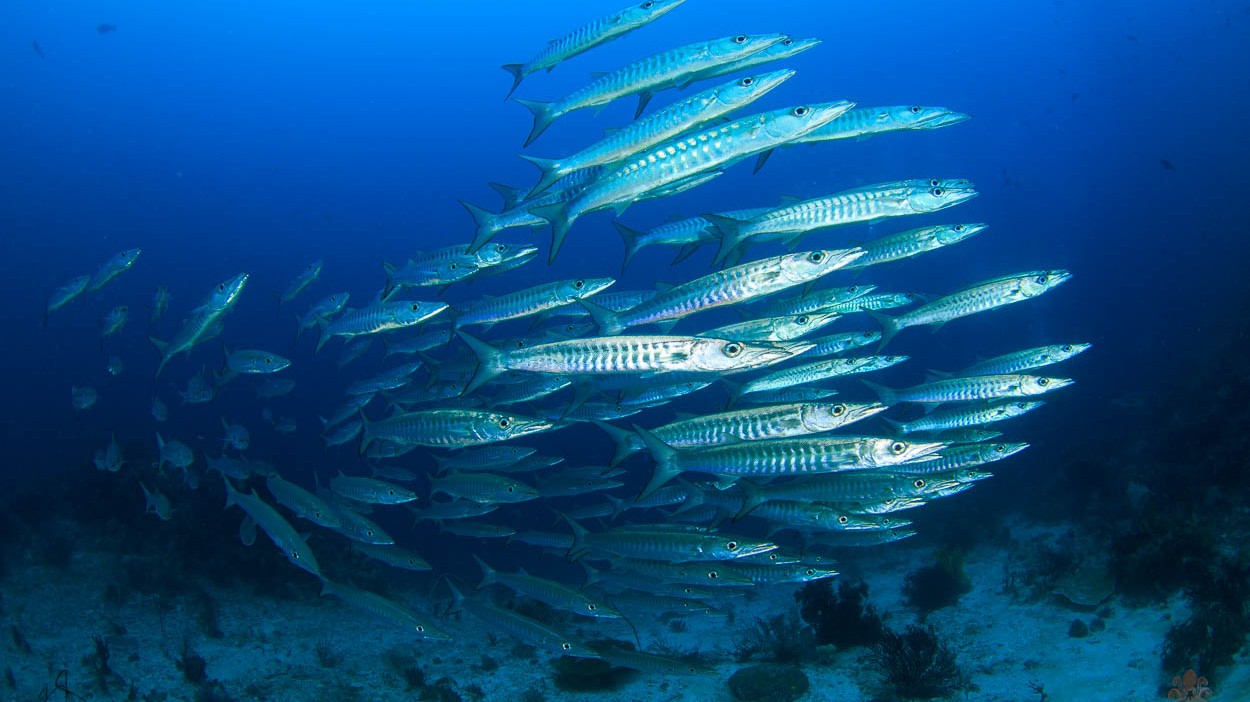
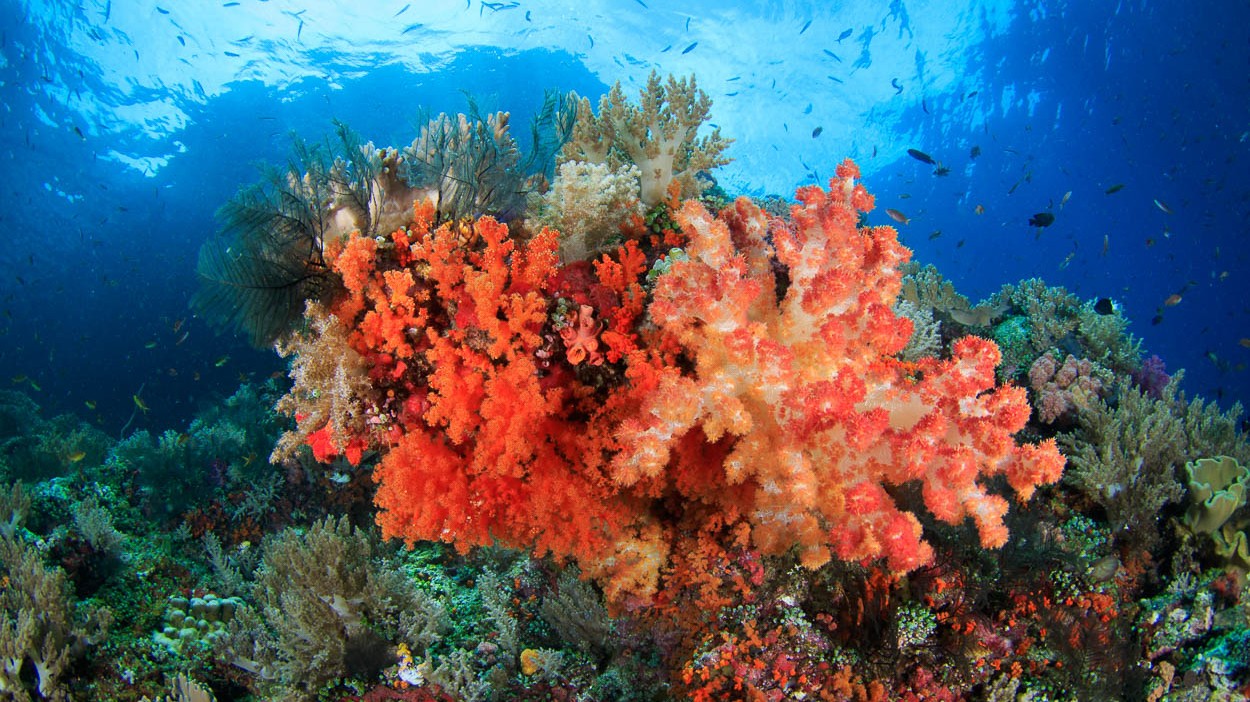
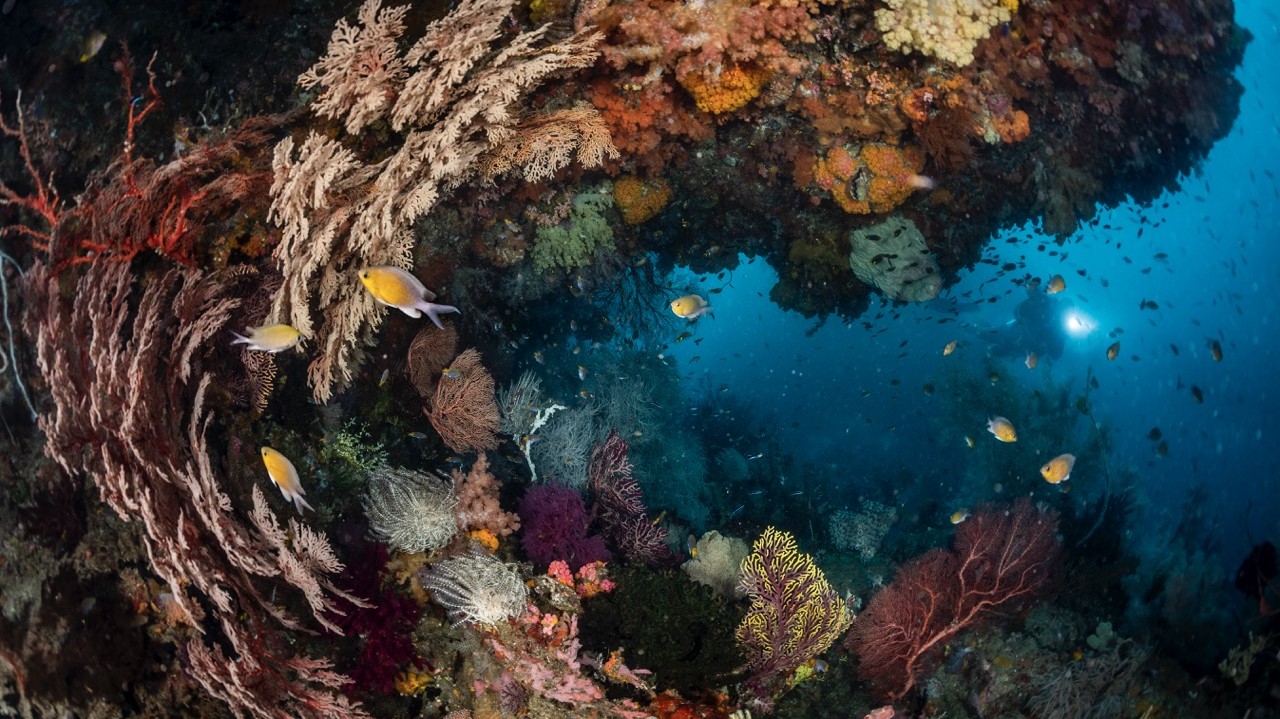
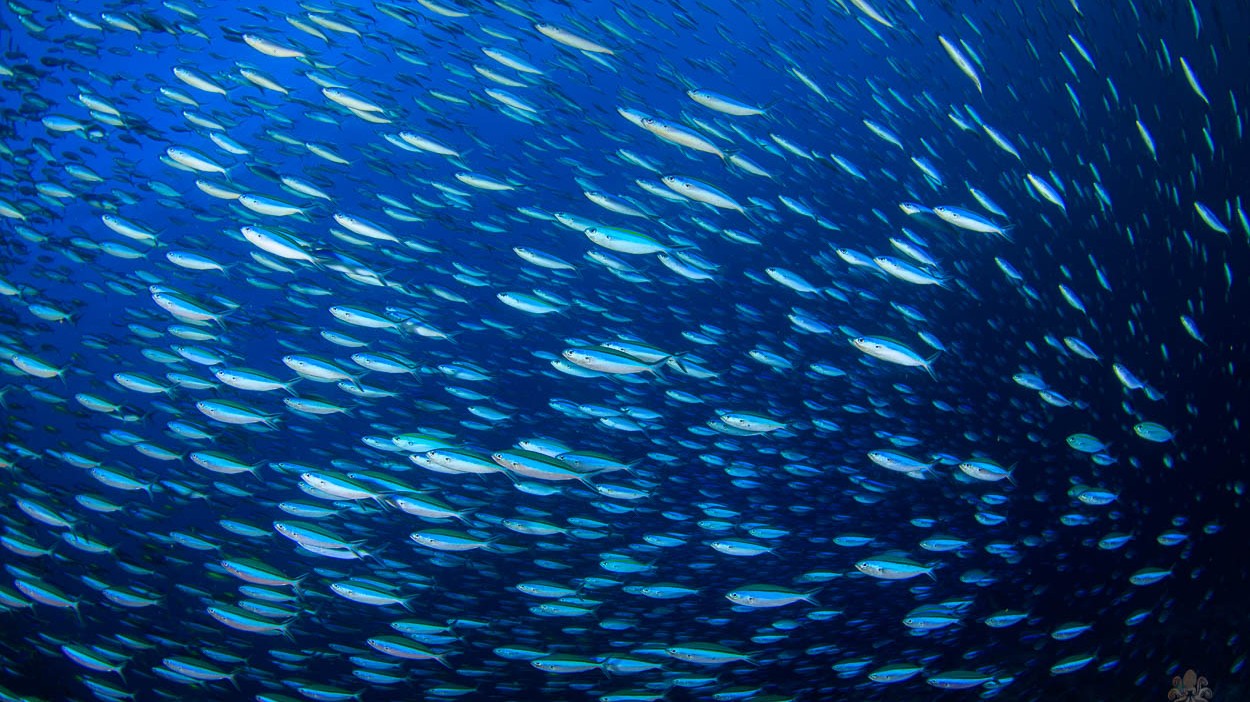
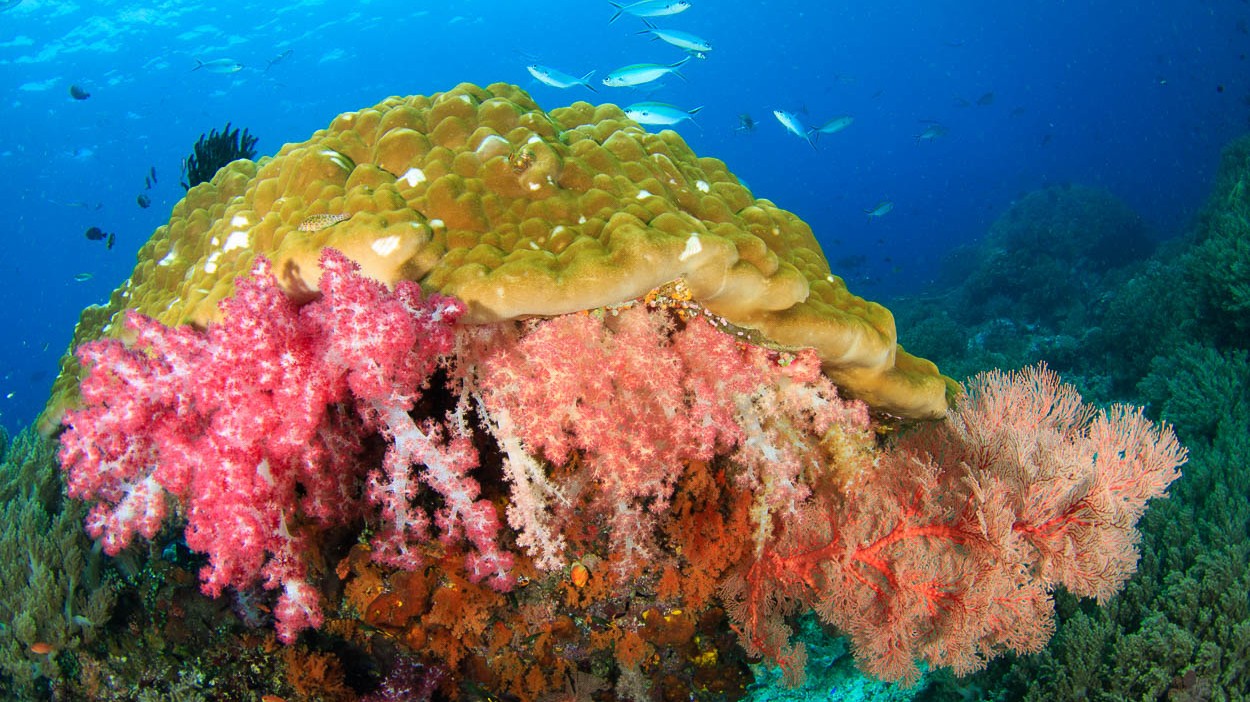
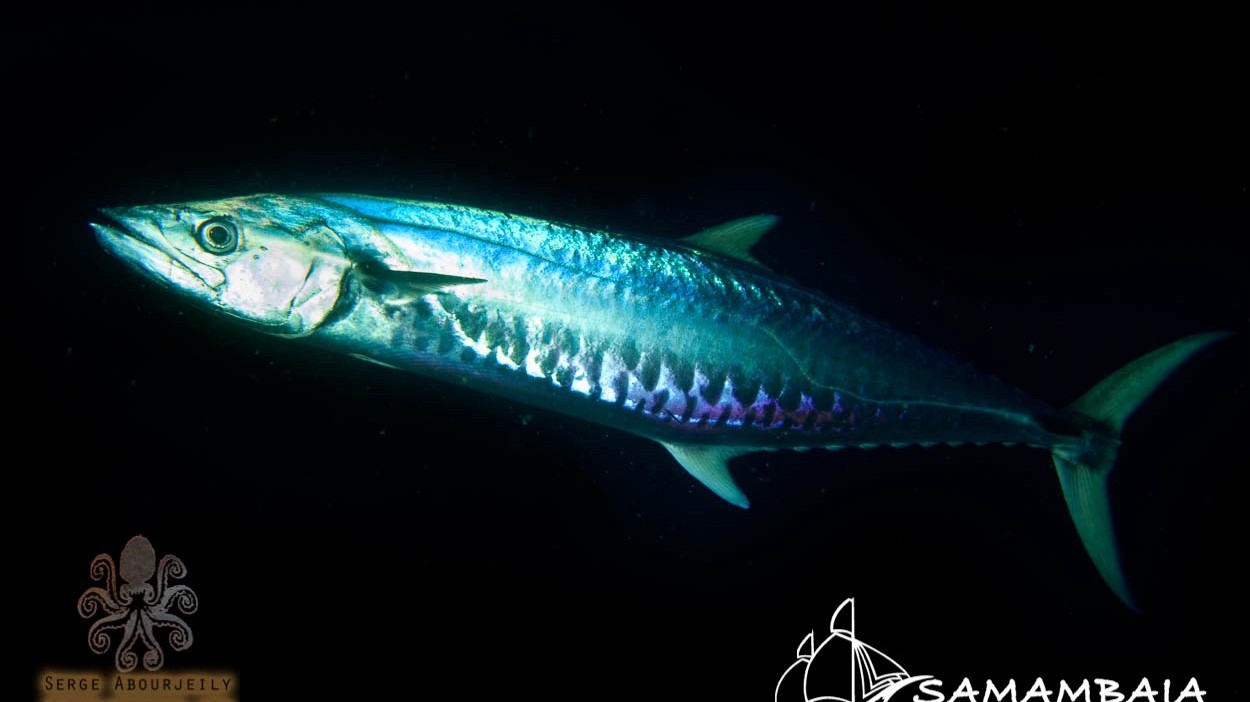
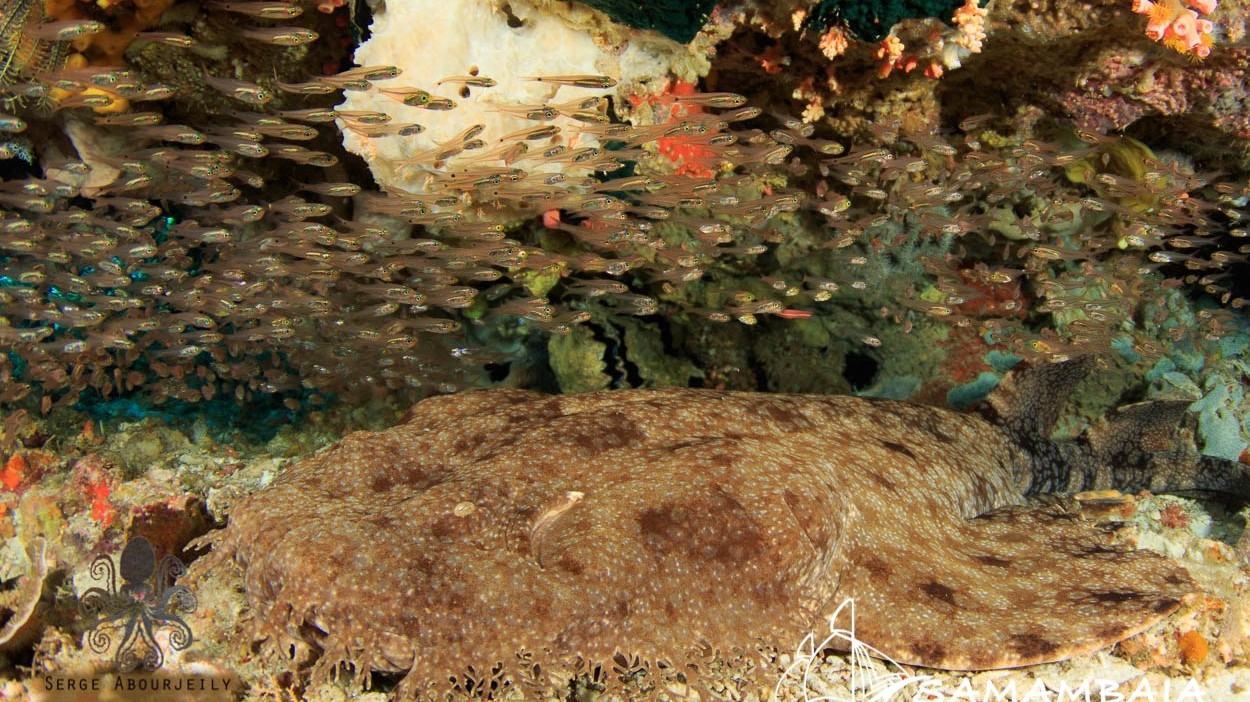
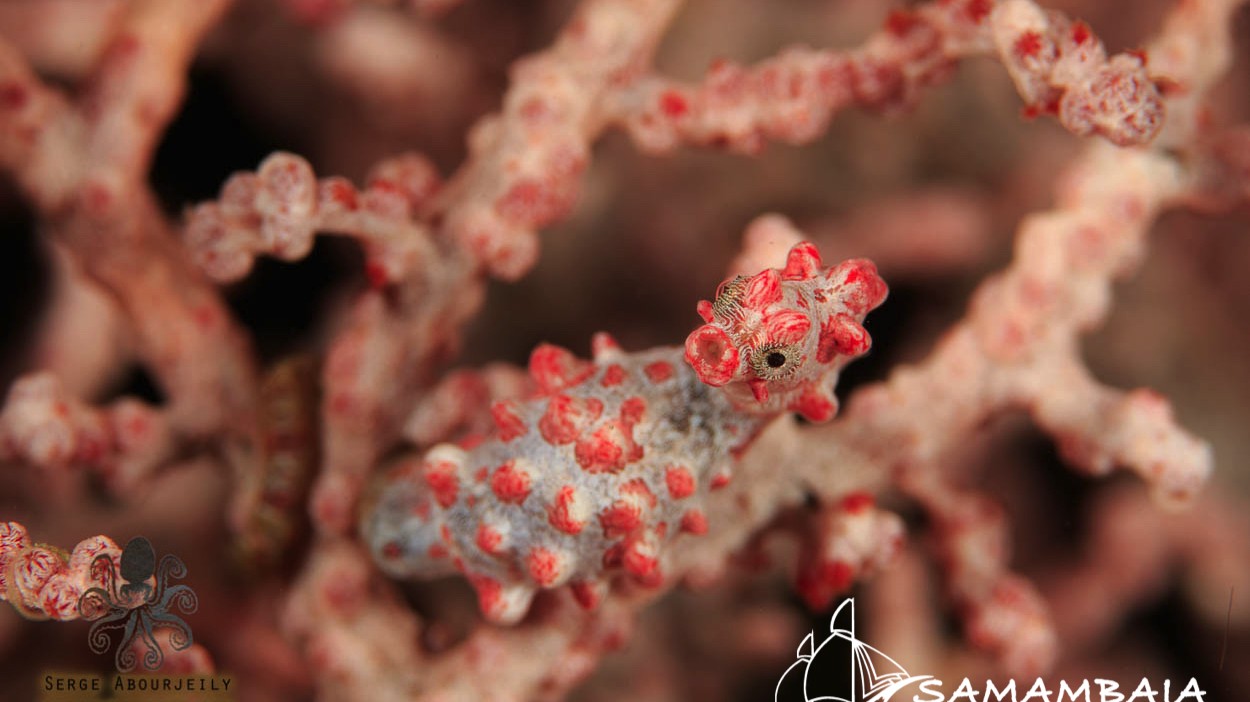
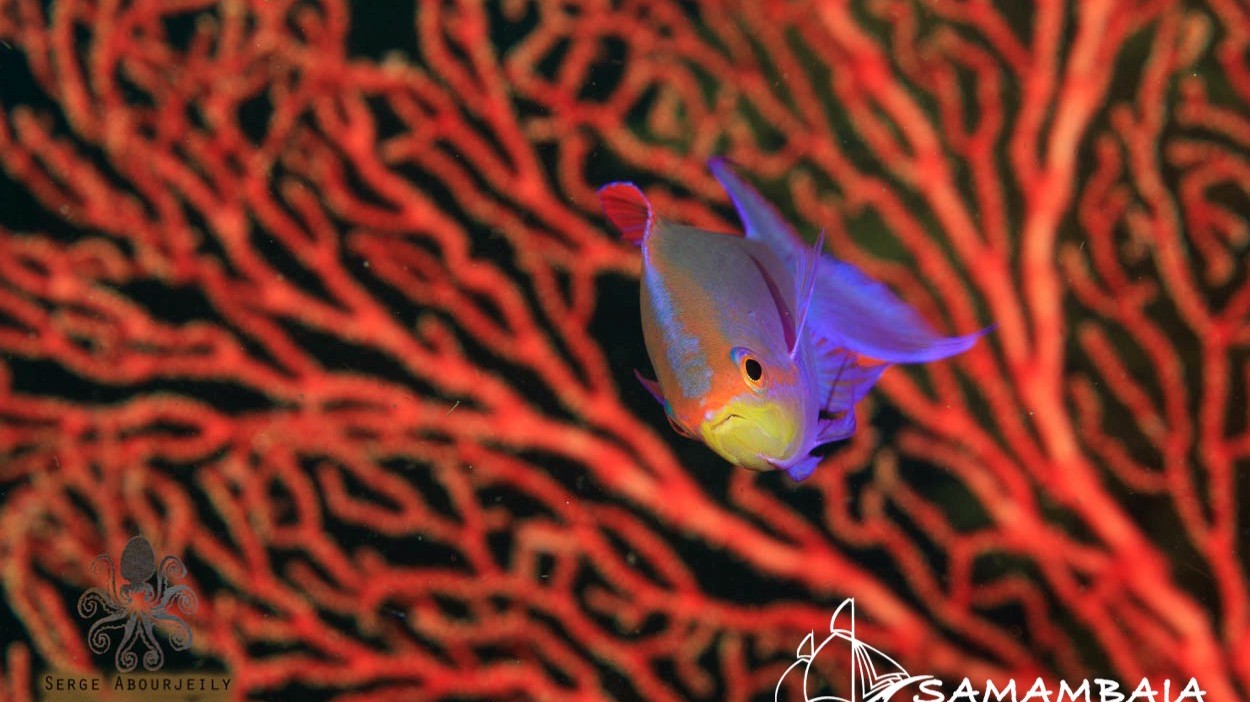
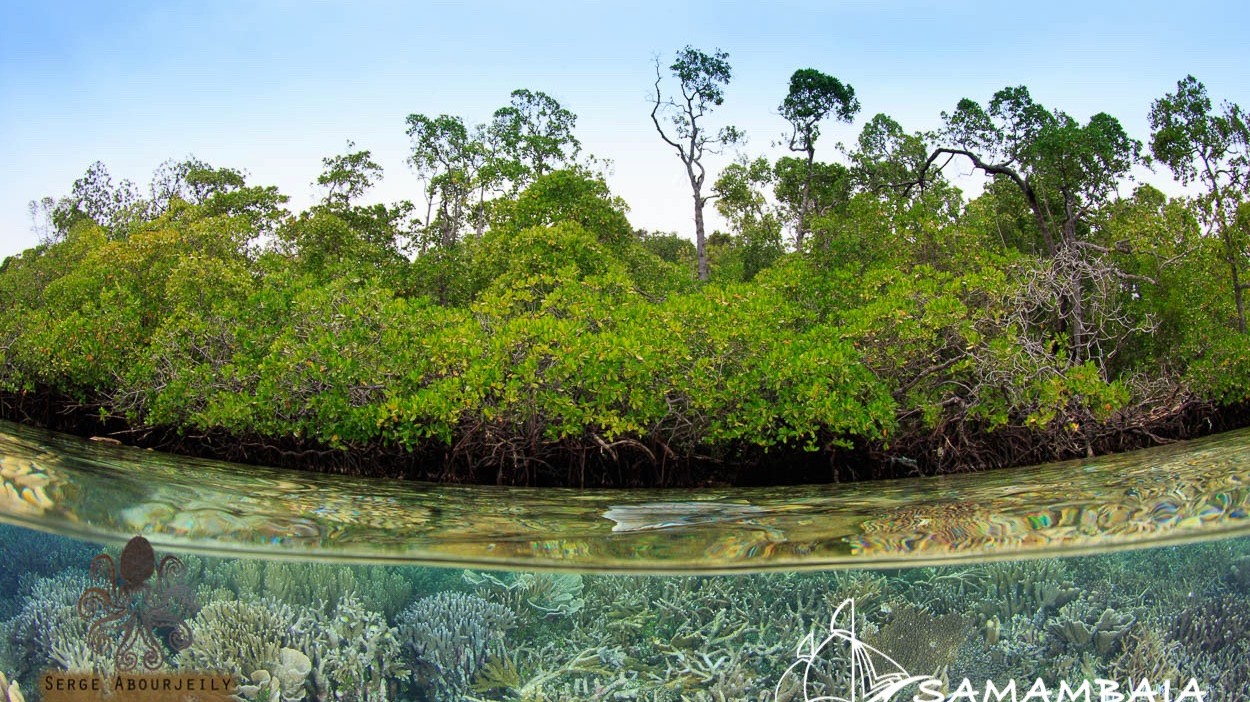
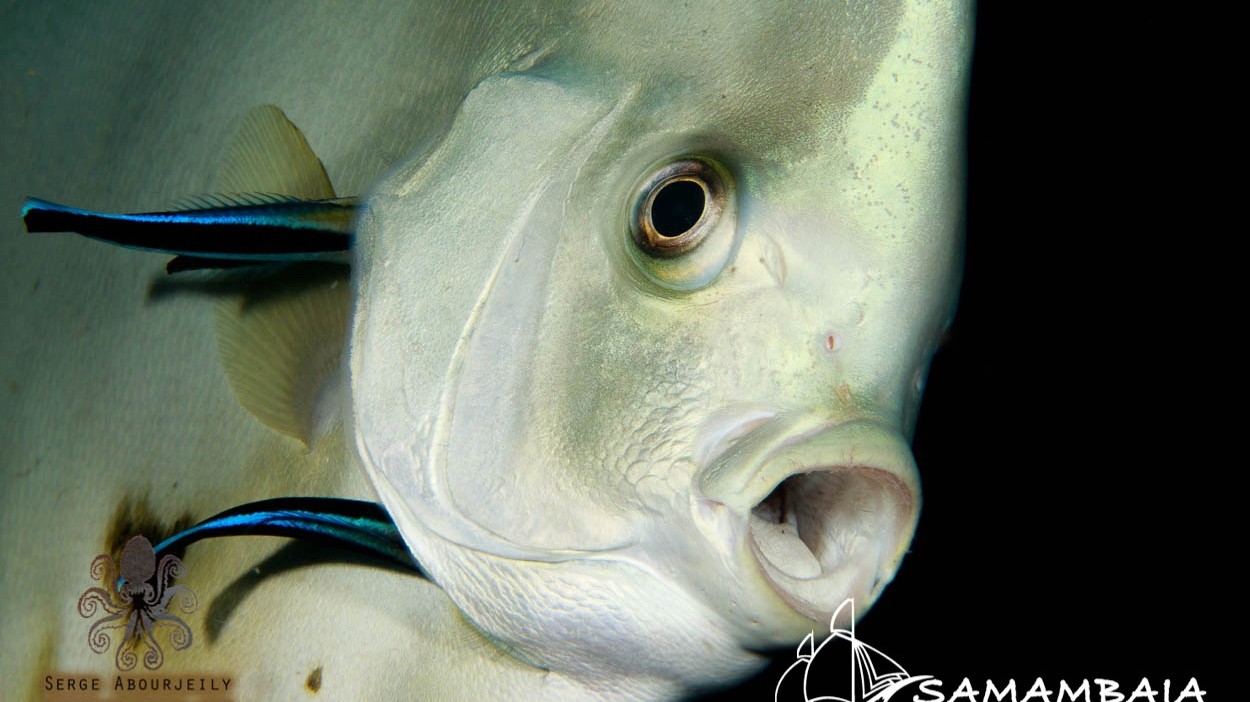

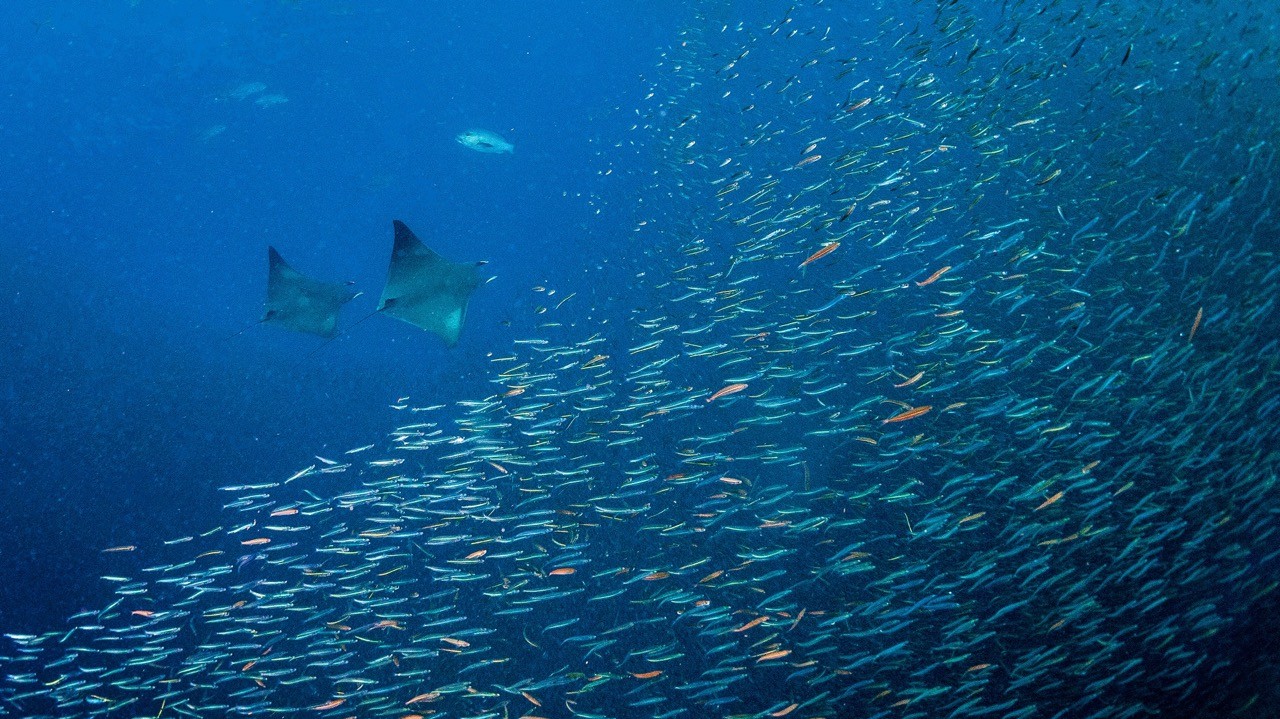
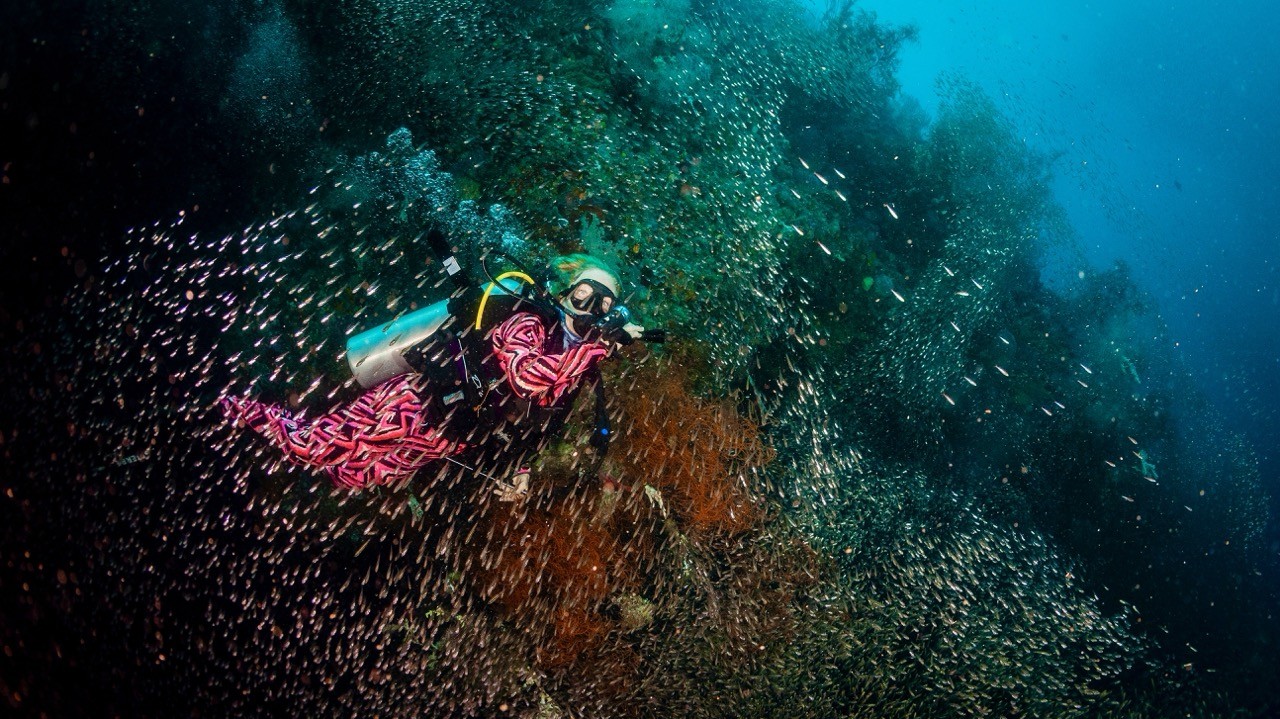
Far to the wild eastern edge of the Indonesian archipelago there is a region with thousands of islands offering as many sites for scuba diving right in the heart of the Coral Triangle.
It’s no a surprise that photographers and divers flock here from around the world to spend one or two weeks on a liveaboard diving trip, because is the only way to travel throughout this large geographic area with practically no development.
You can be sure every effort will be rewarded: Raja Ampat homes more than 1400 species of fish and almost 600 different corals - 75 percent of all known coral species -, you’ll have the chance to see more marine life in Raja Ampat than anywhere else on the planet, whatever it is: fish, coral, mollusks or invertebrates; Raja Ampat is certainly one of the best scuba diving destinations in the world.
Raja Ampat, literally "Four Kings", is conformed by four main islands Waigeo, Batanta, Salawati and Misool and more than thousand sand and rock small islands, with the most different underwater morphologies: slops, ridges, channels, caves, tunnels; and an astounding diversity of habitats, each one with a different kind of diving experience: sandy bottoms as life-size aquarium, blue-water mangroves systems hosting pigmy seahorses and saltwater crocodiles at once, ideal calm sand flats as cleaning station for oceanic mantas, perfect murky and silt-ridden conditions for the muck diving lovers, a river-like saltwater channel of strong currents and great walls plentiful of invertebrates, Raja Ampat has everything a diver can want.
Divers generally enter this region via the airport at Sorong on the Indonesian province of West Papua. The first dive sites will often be around the island of Wai, only a two-hour boat run from Sorong, the quality of dives range from good to wonderful. Some dives are planned for slack tide, while occasionally the current can be challenging. Fortunately, the stronger currents also generally made for better visibility, blooming corals and greater fish activity. Best time to dive Raja Ampat is from October to April. Topside conditions at this time of year proved to be excellent. You could enjoy cruising in virtually flat calm seas, with only some rain showers punctuating warm, sunny days.
Established in 1980, Komodo National Park was designated a Biosphere Reserve under the UNESCO Man & Biosphere Program and became a World Heritage Site in 1991 and offers stunning dive opportunities. The Komodo National Park is composed b...
Being remote and untouched the 18 islands of the Alor and Solor group are considered one of the best diving destinations in Asia. Tourism has not developed yet and only few divers have explored these waters. One of the very last traditional ...
This journey cruises through a wide range of geological landscapes and formations of Indonesia, from volcanic islands to limestone pinnacles developed from ancient coral reefs. As we cruise along the natural migratory paths and playgrounds o...